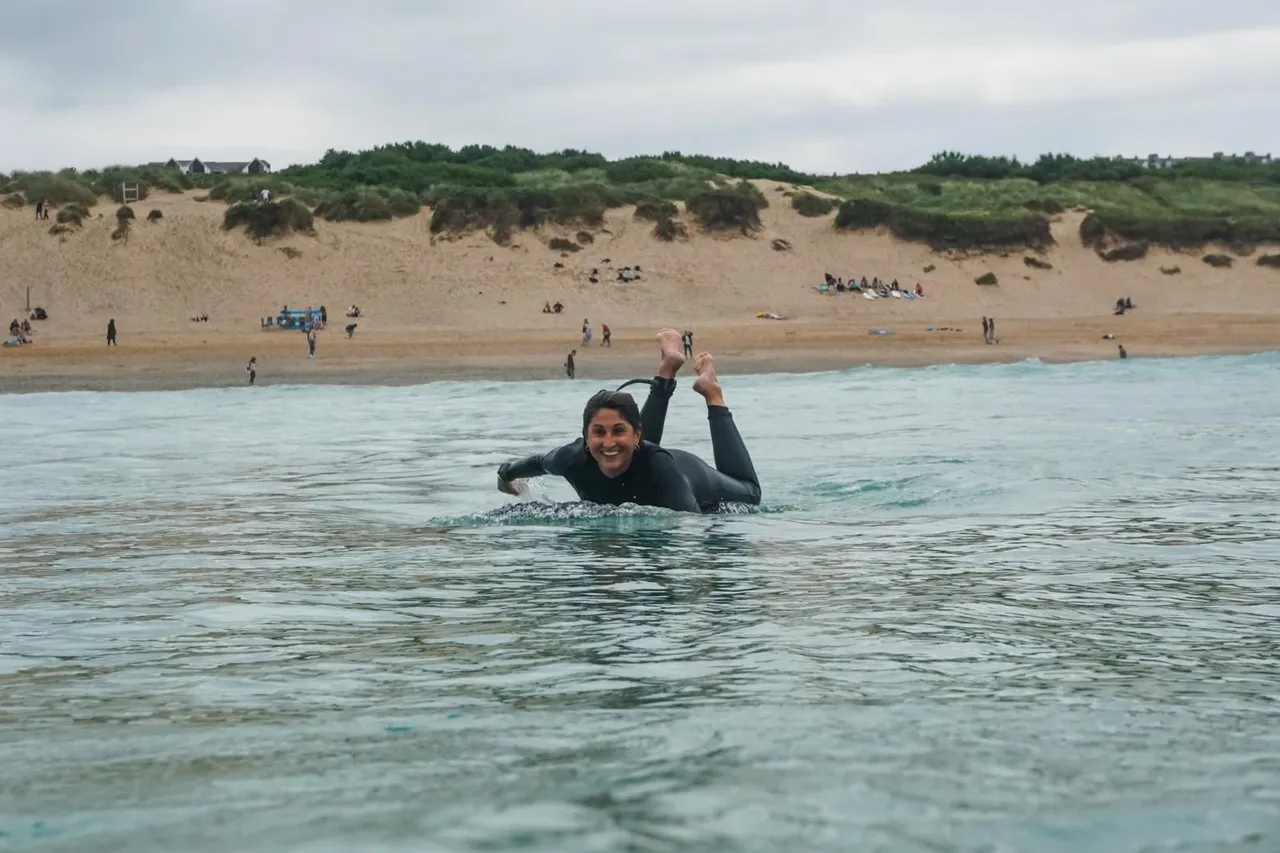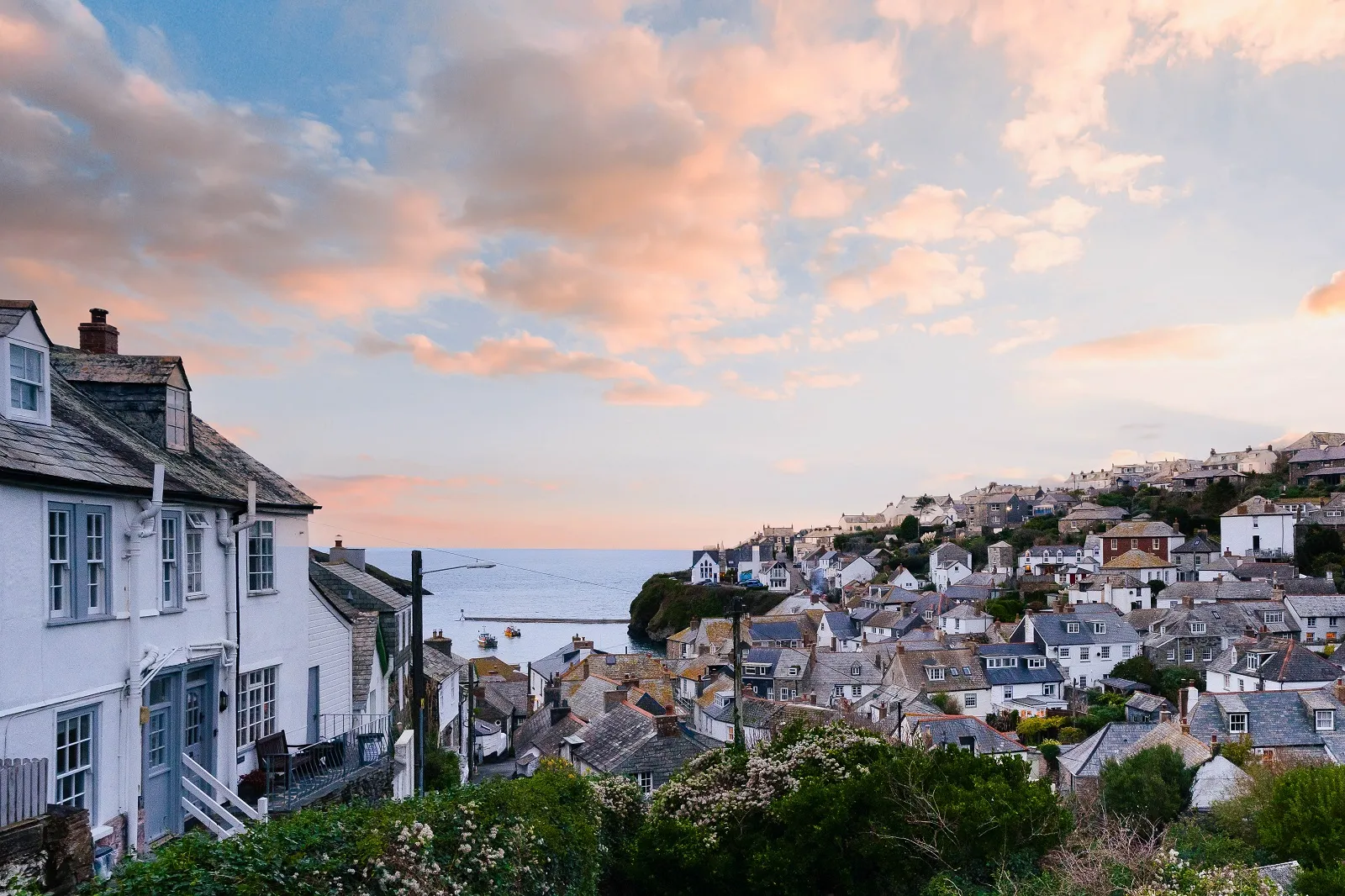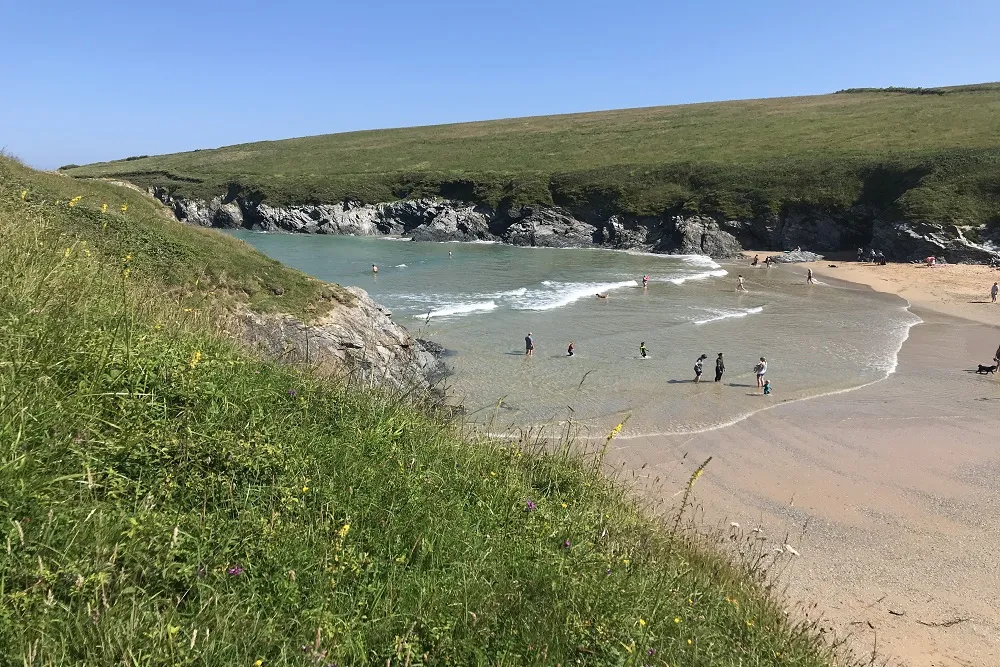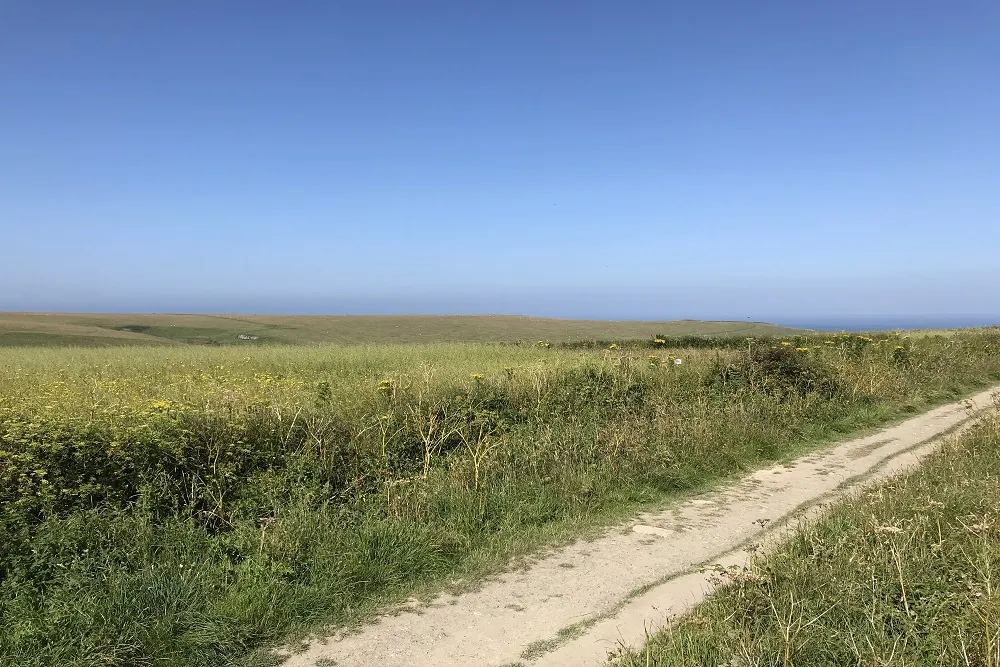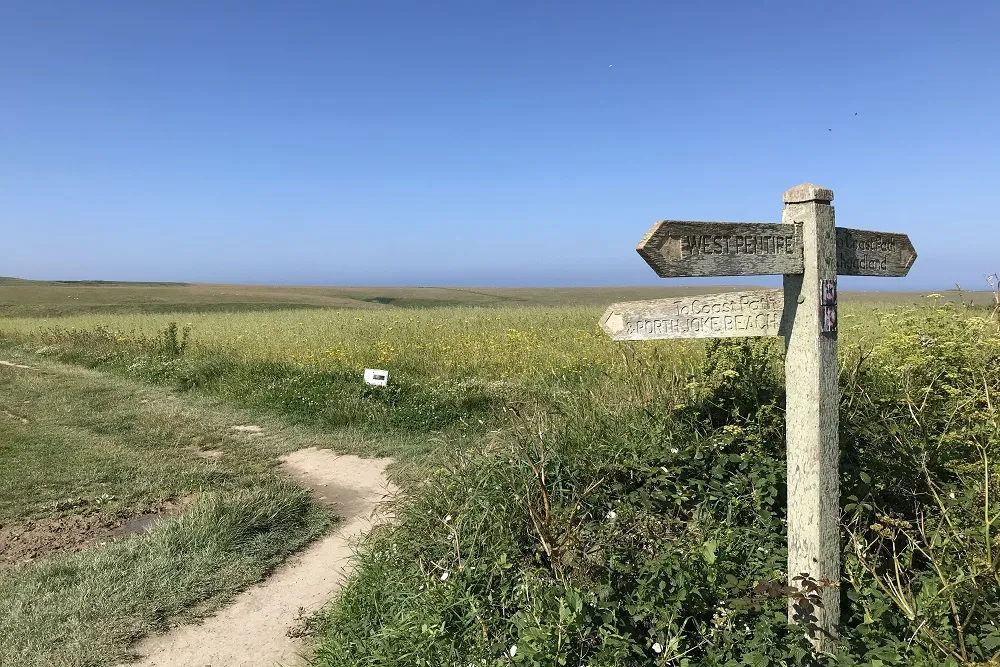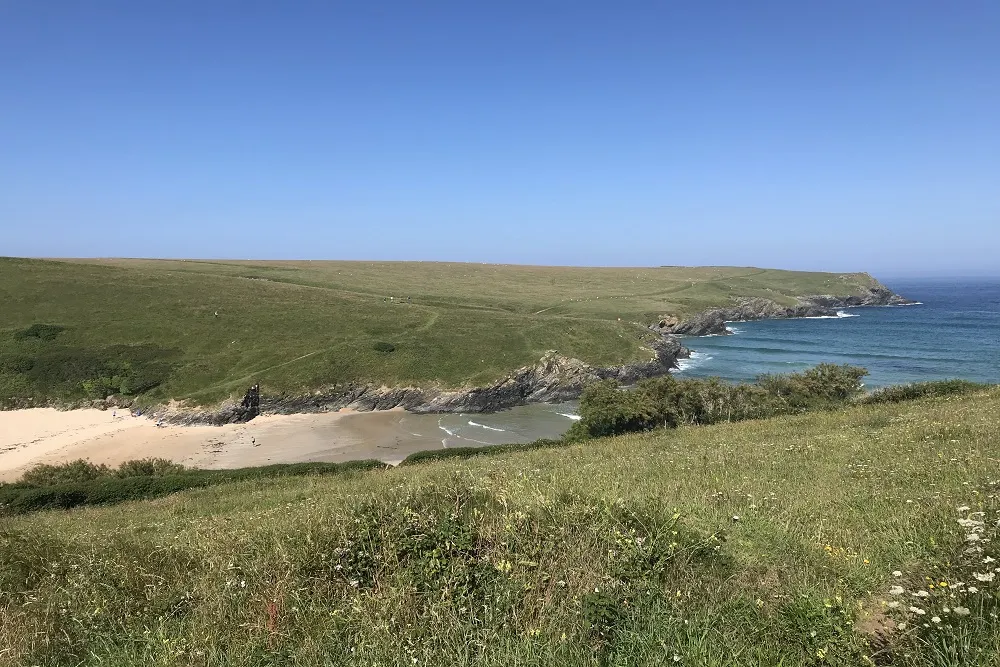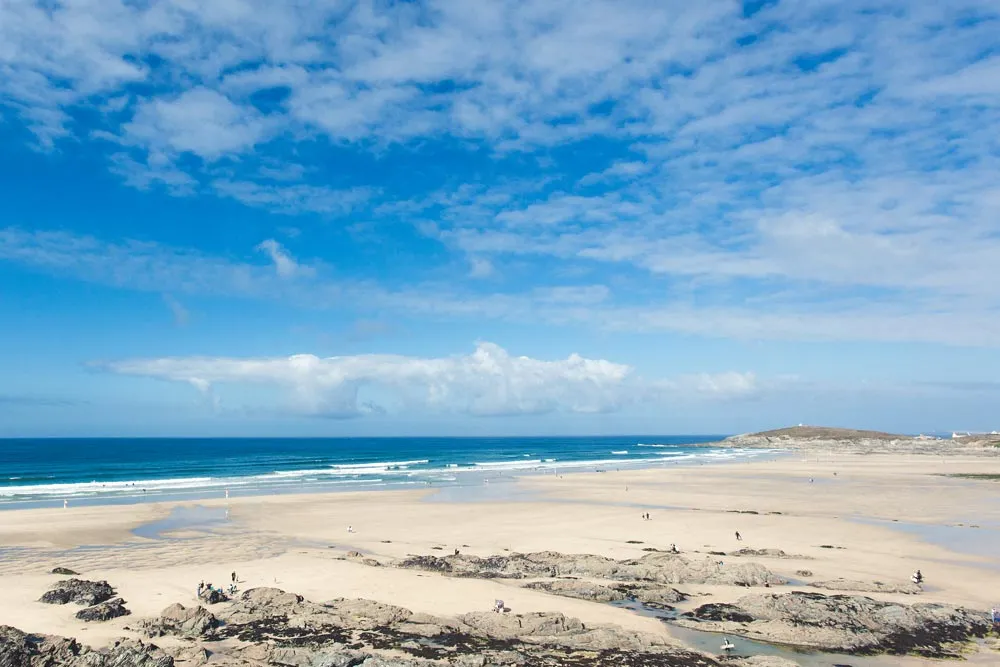
Have you got a thirst for being amongst the waves? Cornwall’s adrenaline-fuelled surf scene thrives all year round, with surf spots suitable for beginners to world-class pros. Rolling sets and foamy swells are plentiful in Cornwall, especially on the north coast where the exposure to the Atlantic creates big, consistent waves.
If you’ve never tried surfing before, or have a bit of experience and want to improve your skills, many of the popular beaches have their own surf schools where you can dive in with the experts. From full one-on-one lessons, to wetsuit and board hire, there’s an option for everyone whether you need instructor support or prefer to go it alone.
With hundreds of beaches to choose from, it can be hard to figure out where’s best to get suited up and head in. That’s why we’ve created a handy guide to the 10 best surfing beaches in Cornwall, meaning you can waste less time searching and more time in the surf.
Want to stay in a luxury holiday house with a view of the sea? Check out our cottages with sea views.
We’ve got retreats within walking distance of all of these popular surfing beaches, so you can head straight from the water and back home on foot, without even needing to change. Find your surf retreat here.
Find the best spots for a post-surf bite to eat or coffee and discover our favourite surf beach cafes in Cornwall.
Fistral Beach, Newquay
One of the most famous surfing beaches on the planet, Fistral Beach is a wide, west-facing beach on the north coast, and its exposure to Atlantic swells ensures consistent waves all year round. The Cribbar, at the north end of the beach, is a famous big wave location, with waves reaching as high as 40 feet. Stand and watch from the headland as the pros tackle it head on, taking in the spray from overhead.
Fistral Beach hosts many national and international surfing competitions, which draw thousands of visitors, and is also the base for annual music and surf festival Boardmasters.
- Multiple car parks next to the beach and nearby, charges apply. Free street parking above Fistral South.
- Lifeguards daily from 9th April – 30th 10am – 6pm patrol.
- Surf equipment hire and lessons.
Surf at sunset while staying at a Fistral retreat.
Gwithian Towans, Hayle
Gwithian is one of the best places to catch a clean wave in Cornwall, whilst avoiding the crowds. Nestled in the heart of the Towans nature reserve, you’ll be surfing amongst untouched beauty and wildlife. Gwithian was recently listed by the Sunday Times in the ‘Top 10 Surf Locations in England’, and makes up part of the three miles of golden sand which stretch from St Ives to Godrevy Head.
- A handful of small car parks nearby, charges apply.
- Lifeguards daily during Easter school holidays, daily from 30 April – 25 September, weekends only 1 – 16 October and daily during October half term. 10am – 6pm patrol.
- Surf equipment hire and lessons.
Seek out a seaside Hayle retreat.
Perranporth beach
Perranporth offers plenty of space to surf, alongside a large beach backed with sand dunes for any little ones to paddle and build sandcastles. For beginners, the beach is more sheltered towards the Droskyn Point end, while the biggest waves can be found at Penhale. Once you’ve worked up an appetite, this classic seaside village has a range of eateries where you can refuel with some fish and chips.
- 3 car parks nearby, charges apply.
- Lifeguards daily from 9th April – 30th 10am – 6pm patrol.
- Surf equipment hire and lessons.
Watch the swell surge from a Perranporth retreat.
Watergate Bay
If you want to avoid the crowds at Fistral, Watergate is your best bet. With an expanse of beach home to consistent swell, this north coast destination is a surfer’s paradise. Waves vary from small and clean to huge and challenging, depending on conditions and swell, so be sure to check local surf reports before heading in!
- 3 car parks nearby, charges apply. Limited free parking at the top of the hill.
- Lifeguards daily during Easter school holidays, daily from 30 April – 25 September, weekends only 1 – 16 October and daily during October half term. 10am – 6pm patrol.
- Surf equipment hire and lessons.
Jump from bed to board at a Watergate Bay retreat.
Widemouth Bay
This popular surfing spot stretches over a mile and a half, and it’s common to see a variety of abilities in the surf here. Near to Bude, this is a great option if you’re staying in either area.
- Multiple car parks next to the beach and nearby, charges apply.
- Lifeguards daily during Easter school holidays, daily from 30th April – 25th September, weekends only 1st – 16th October and daily during October half term. 10am – 6pm patrol.
- Surf equipment hire and lessons.
Explore the south coast from a Widemouth Bay retreat.
Porthleven beach
This beach isn’t for the beginners, but if you’ve got some skills with a surfboard then you’re guaranteed an adrenaline-filled ride. The powerful waves break onto a shallow reef, creating a wild ride for any surfers who get on board.
- One small car park nearby and one small car park above the town, charges apply.
- Lifeguards daily from 9 July – 4 September.
Find the perfect Porthleven retreat.
Polzeath beach
This family favourite sandy spot is perfect for beginners, with gentle but consistent swell and slow waves. Whether you’re hopping on a surfboard or bodyboard, this north Cornwall location won’t disappoint.
- Multiple car parks next to the beach and nearby, charges apply.
- Lifeguards daily during Easter school holidays, daily from 30 April – 25 September, weekends only 1 – 16 October and daily during October half term. 10am – 6pm patrol.
- Surf equipment hire and lessons.
Tackle the waves at a Polzeath retreat.
Porthtowan beach
Porthtowan is a true locals spot during the winter and also a popular visitor spot in summer. Home to lively waves and a beautiful sandy beach, Porthtowan makes for a great surf spot if you’re staying nearby.
- One large car park close to the beach, charges apply.
- Lifeguards daily during Easter school holidays, daily from 30 April – 25 September, weekends only 1 – 16 October and daily during October half term. 10am – 6pm patrol.
Be by the beach at a Porthtowan retreat.
Holywell Bay
Holywell Bay is a quieter option for those seeking sand dunes, a rugged coastpath and surfable waves. A beautiful, spacious beach to simply relax on, Holywell has enough room for a bit of privacy even at its busiest. The surf here requires a bit of luck and skill, due to the moving tides, but its certainly an option if you want somewhere walkable from your Holywell retreat.
- One large car park close to the beach, charges apply.
- Lifeguards daily 14 May – 25 September, 10am – 6pm patrol.
Whitsand Bay
Hidden away in the corner of south east Cornwall, this beach is one of the county’s hidden gems. With a dramatic cliffscape dotted with mini beach shacks, the walk down to the sand is almost as exhilarating as the waves. The surf is slightly more unreliable than more popular destinations, but is great for escaping the crowds and practising your moves in private.
- Multiple car parks next to the beach and nearby, charges apply. Easiest access is from Tregantle Fort car park.
- Lifeguards daily during Easter school holidays, daily from 30 April – 25 September, weekends only 1 – 16 October and daily during October half term. 10am – 6pm patrol.
- Surf equipment hire and lessons.
Enjoy some calm at a Whitsand Bay retreat.
Check out our other locations and other retreats across North Cornwall.
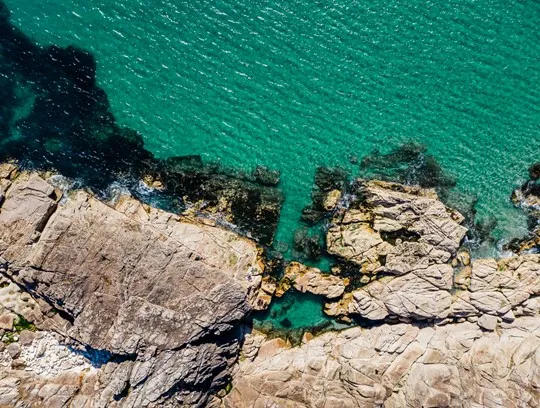
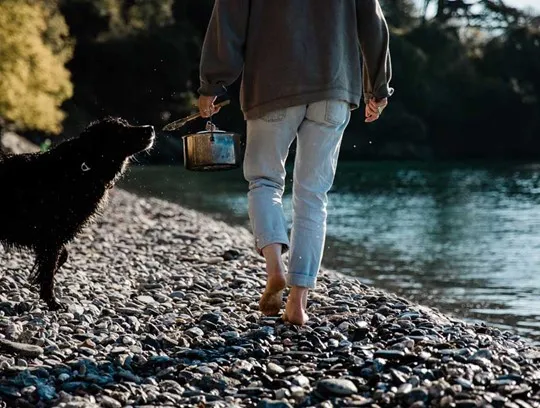
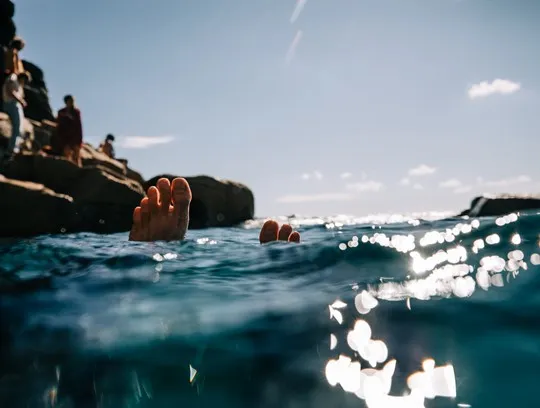
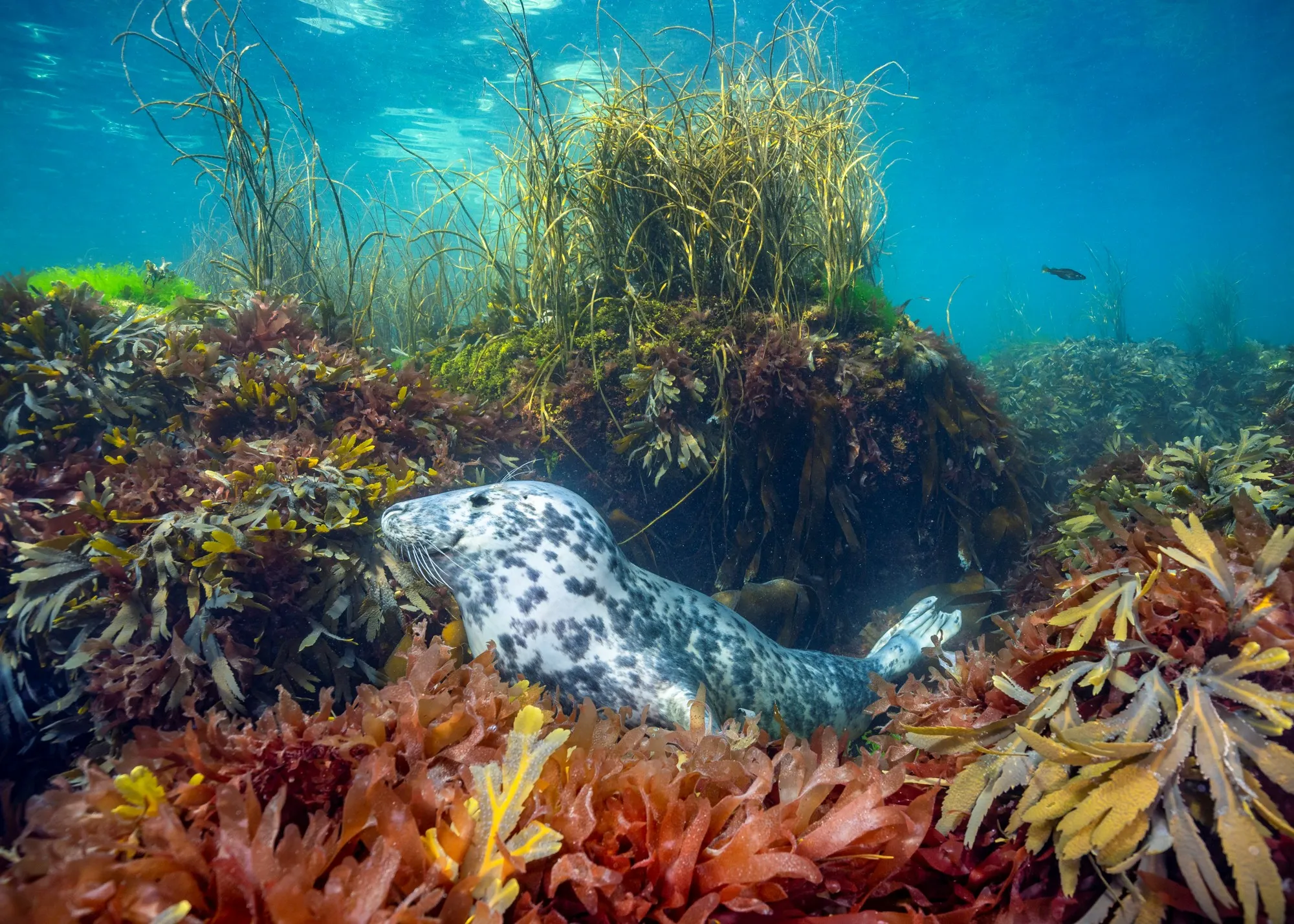
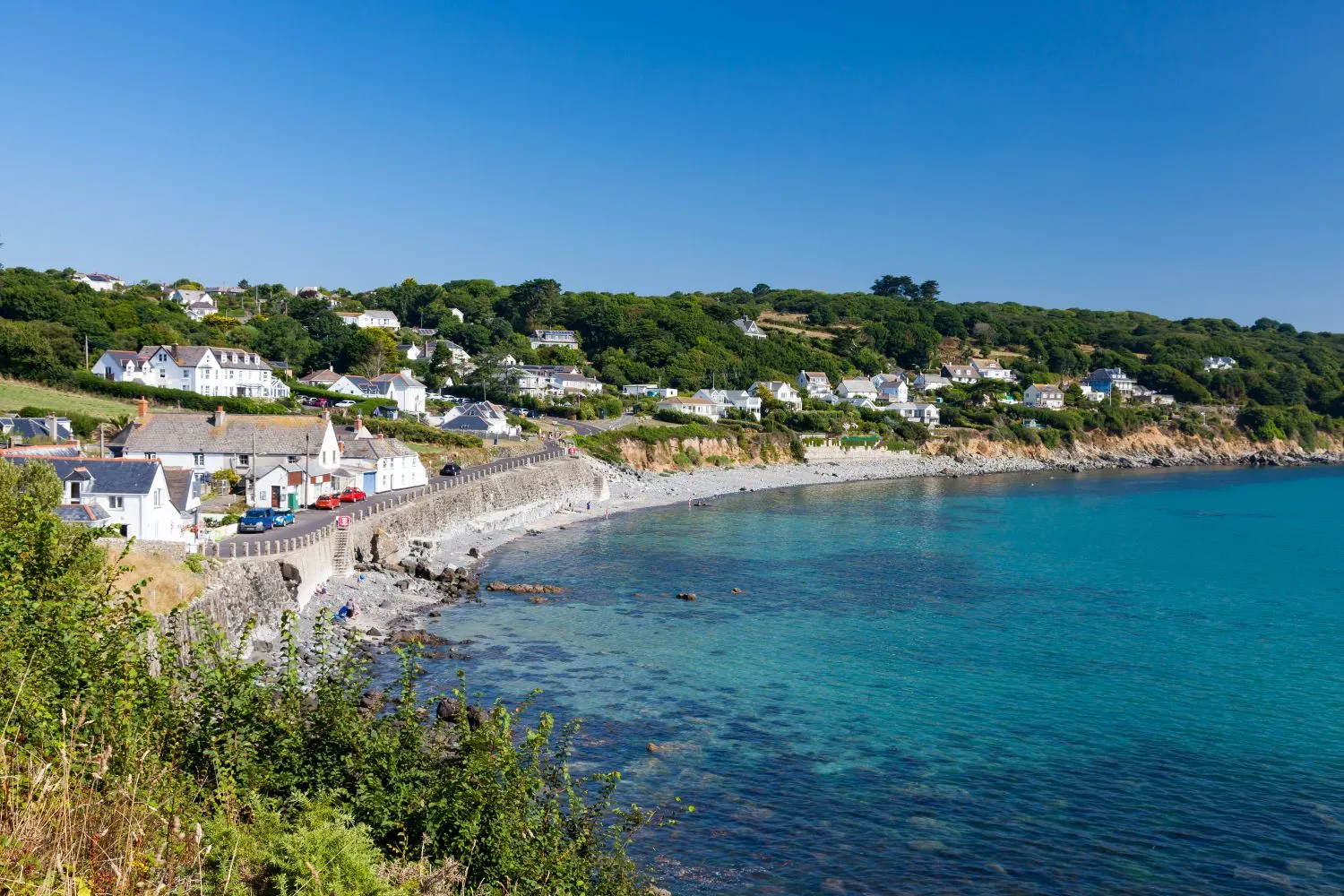
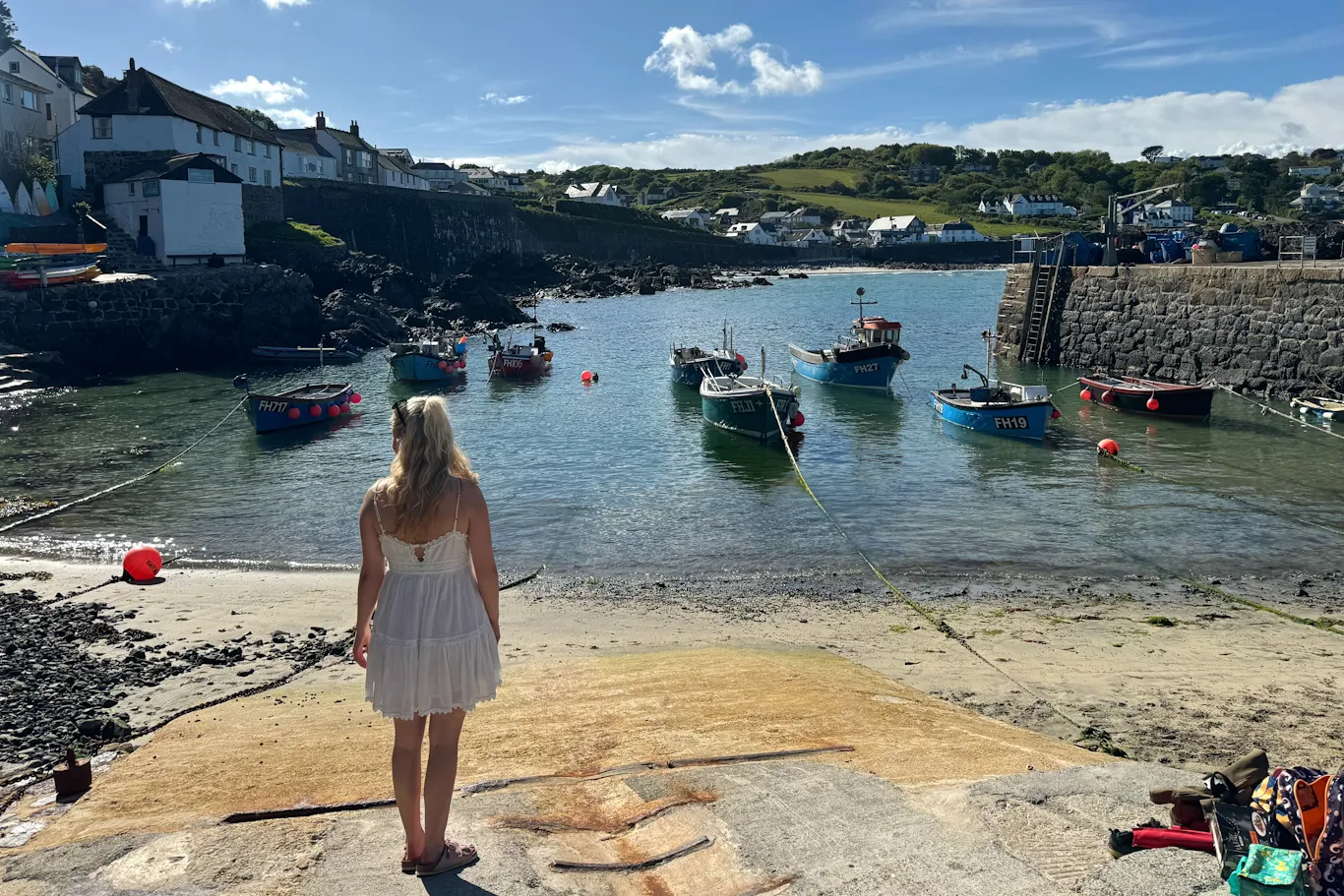
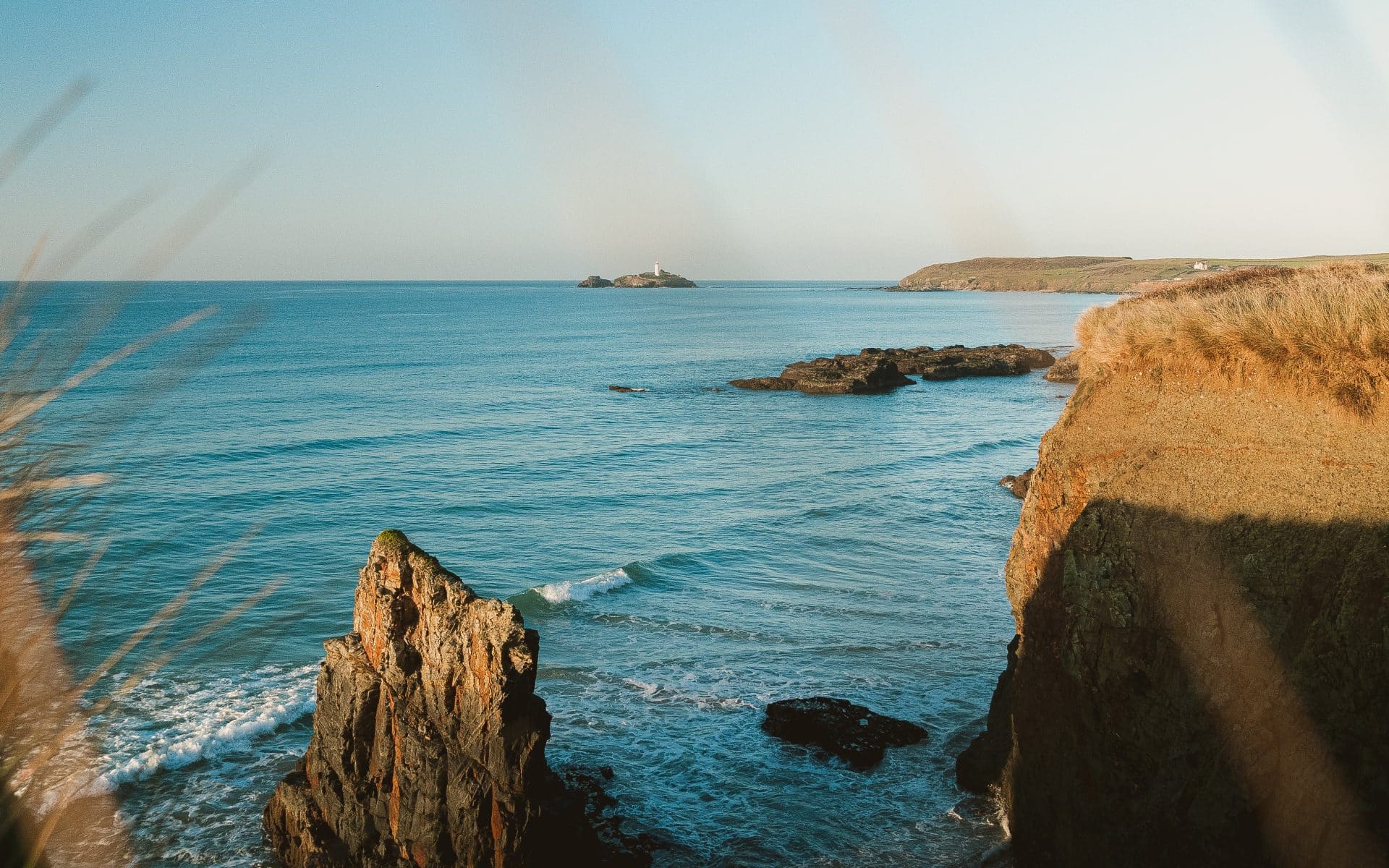
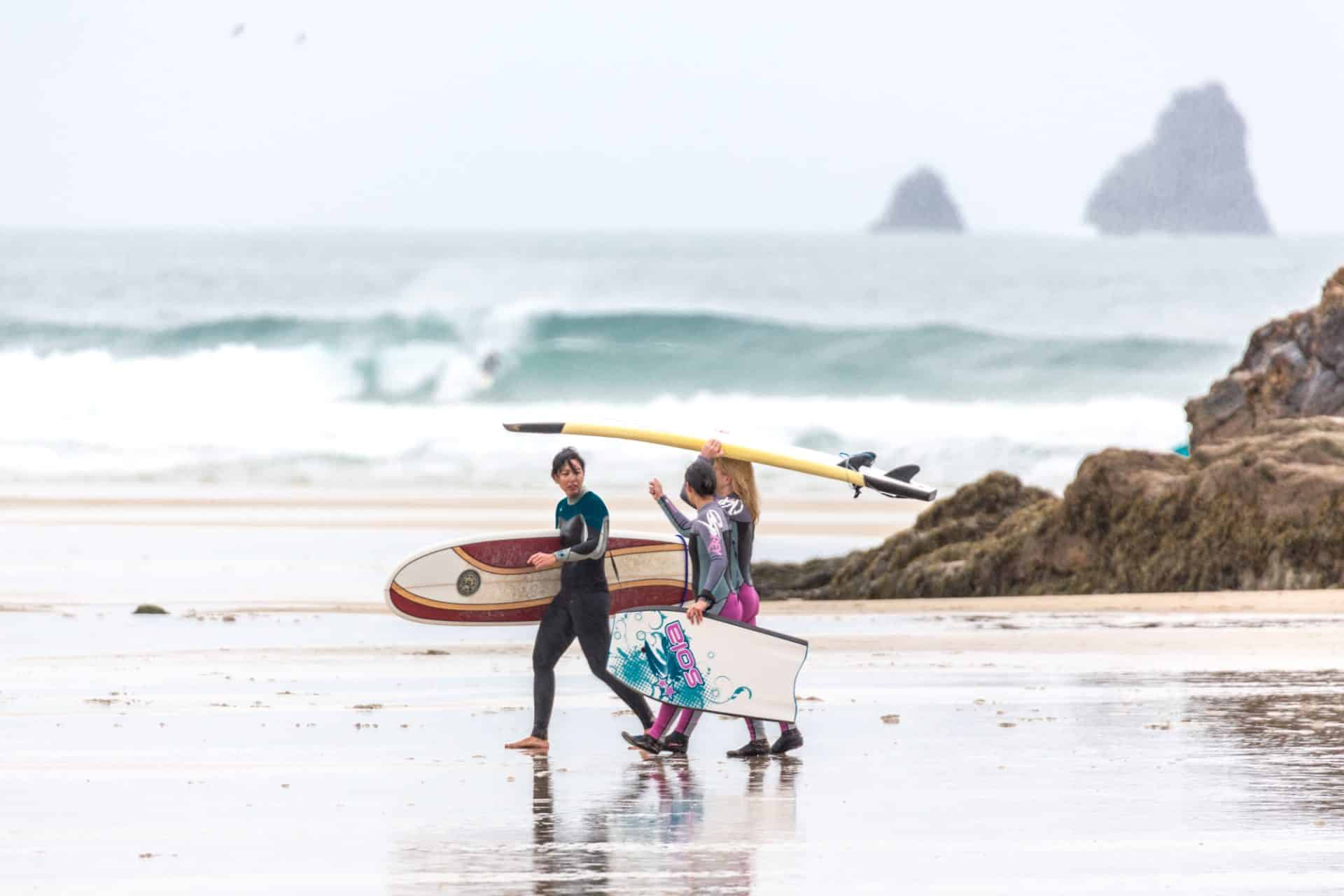
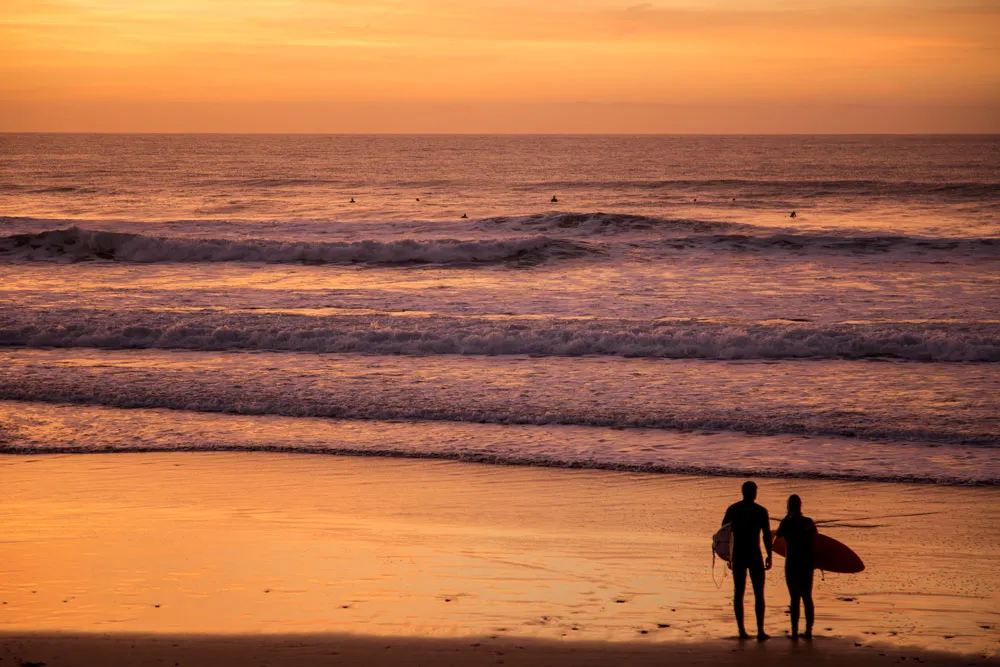
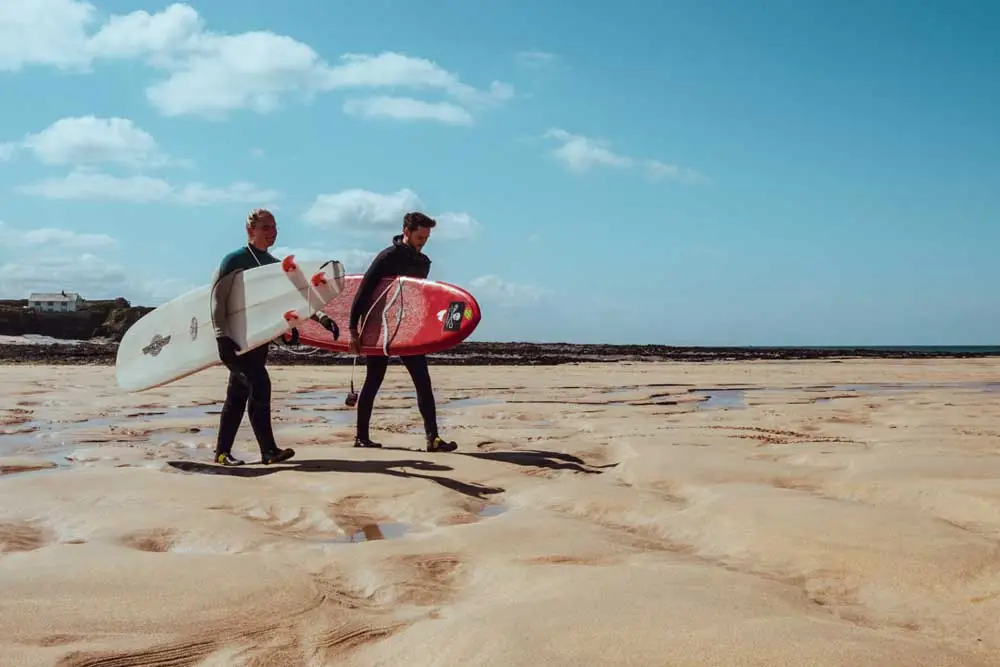
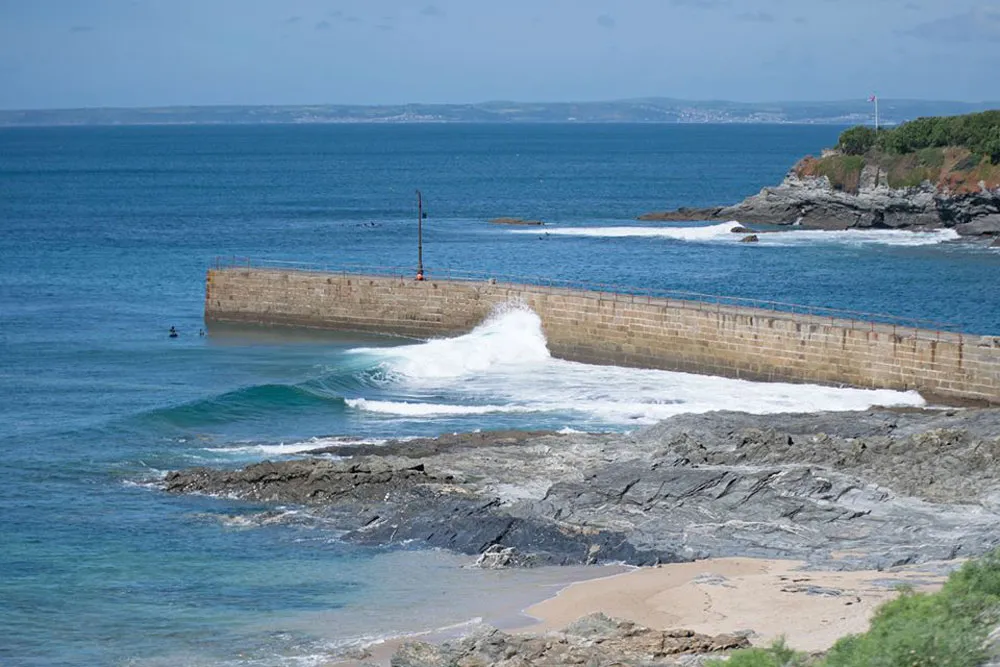
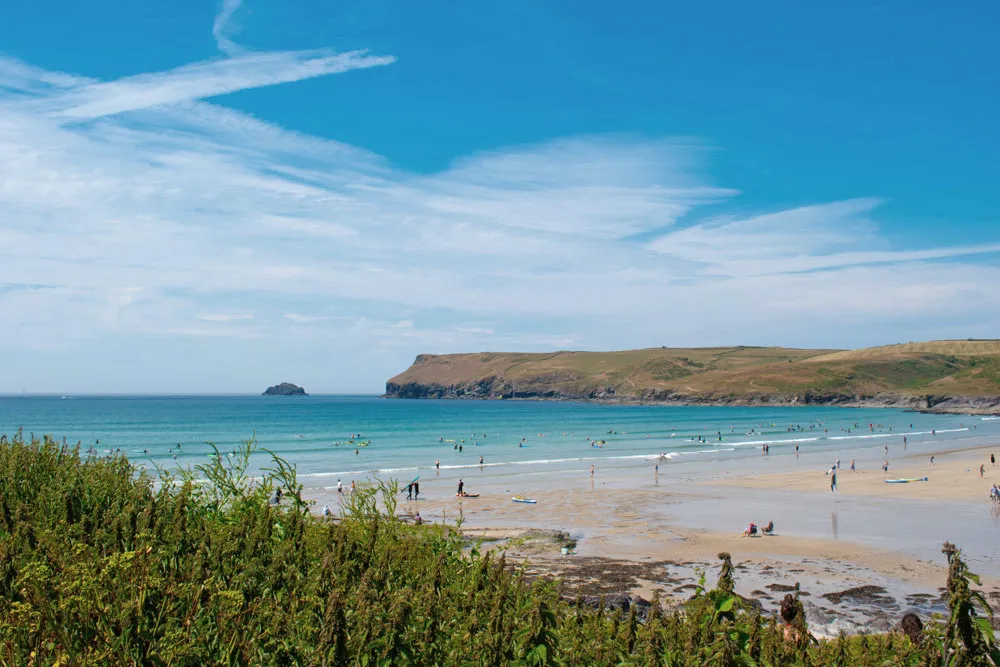
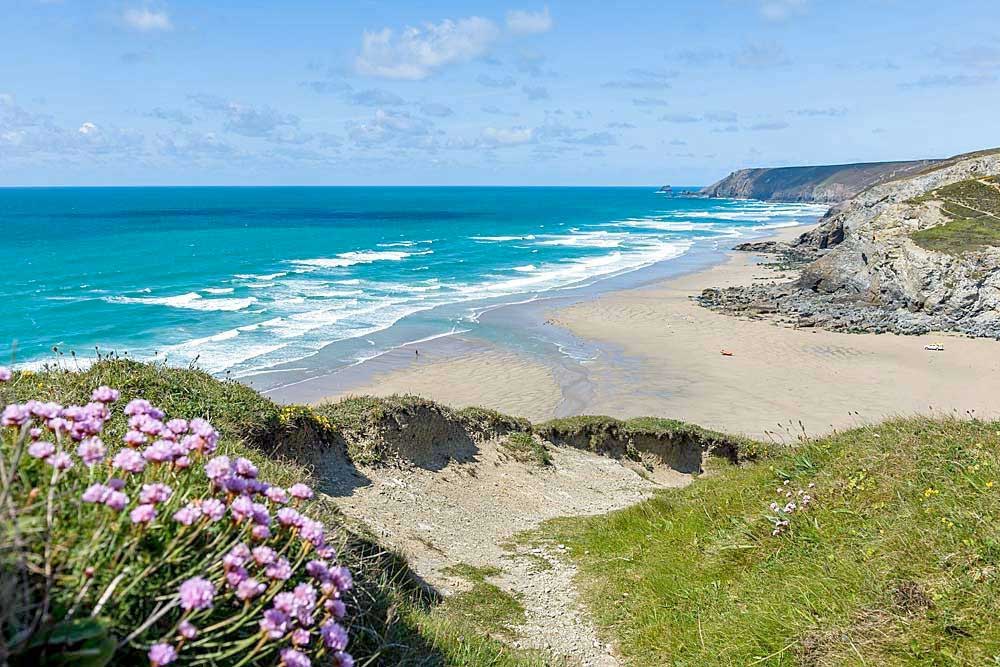
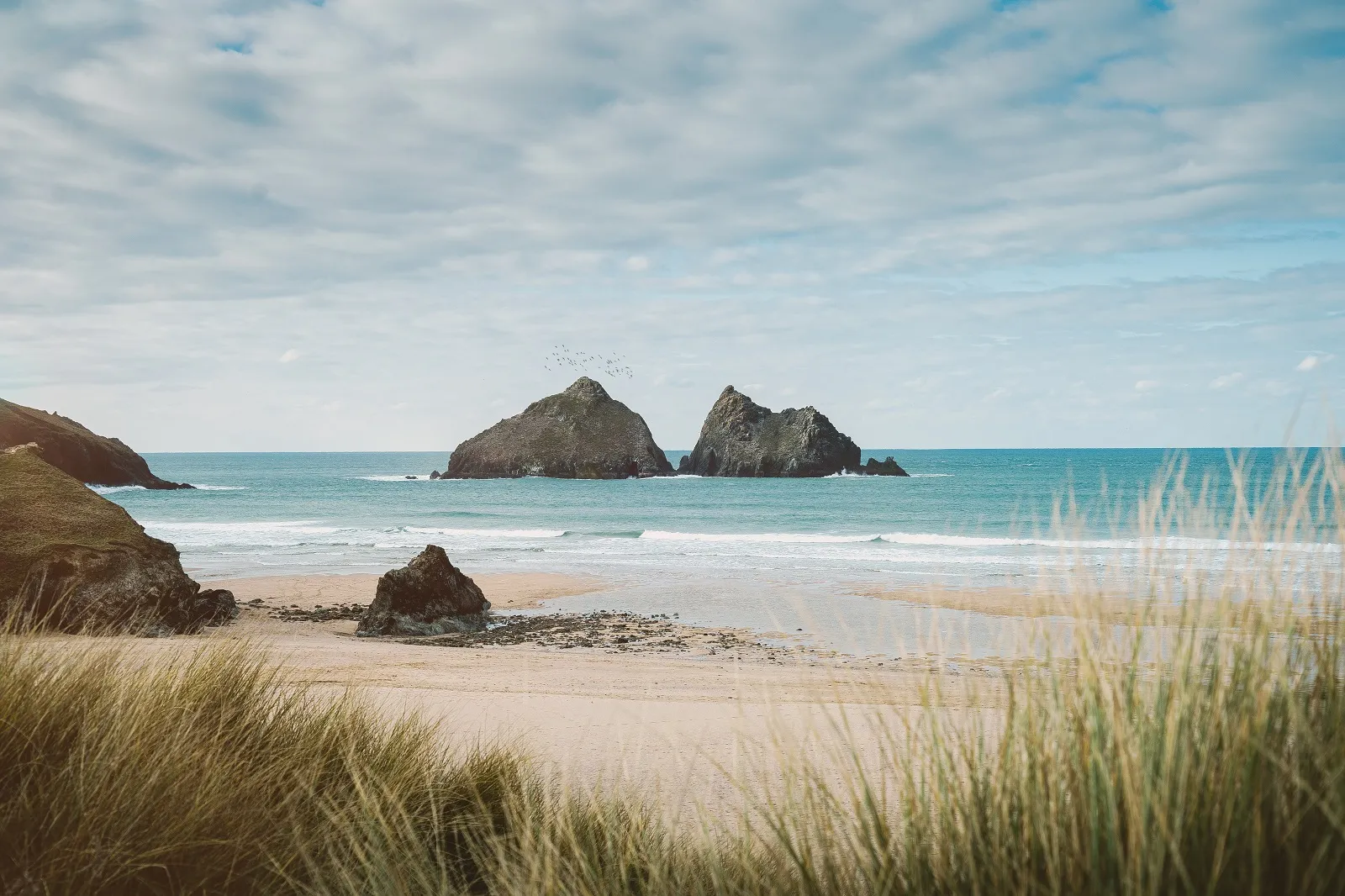
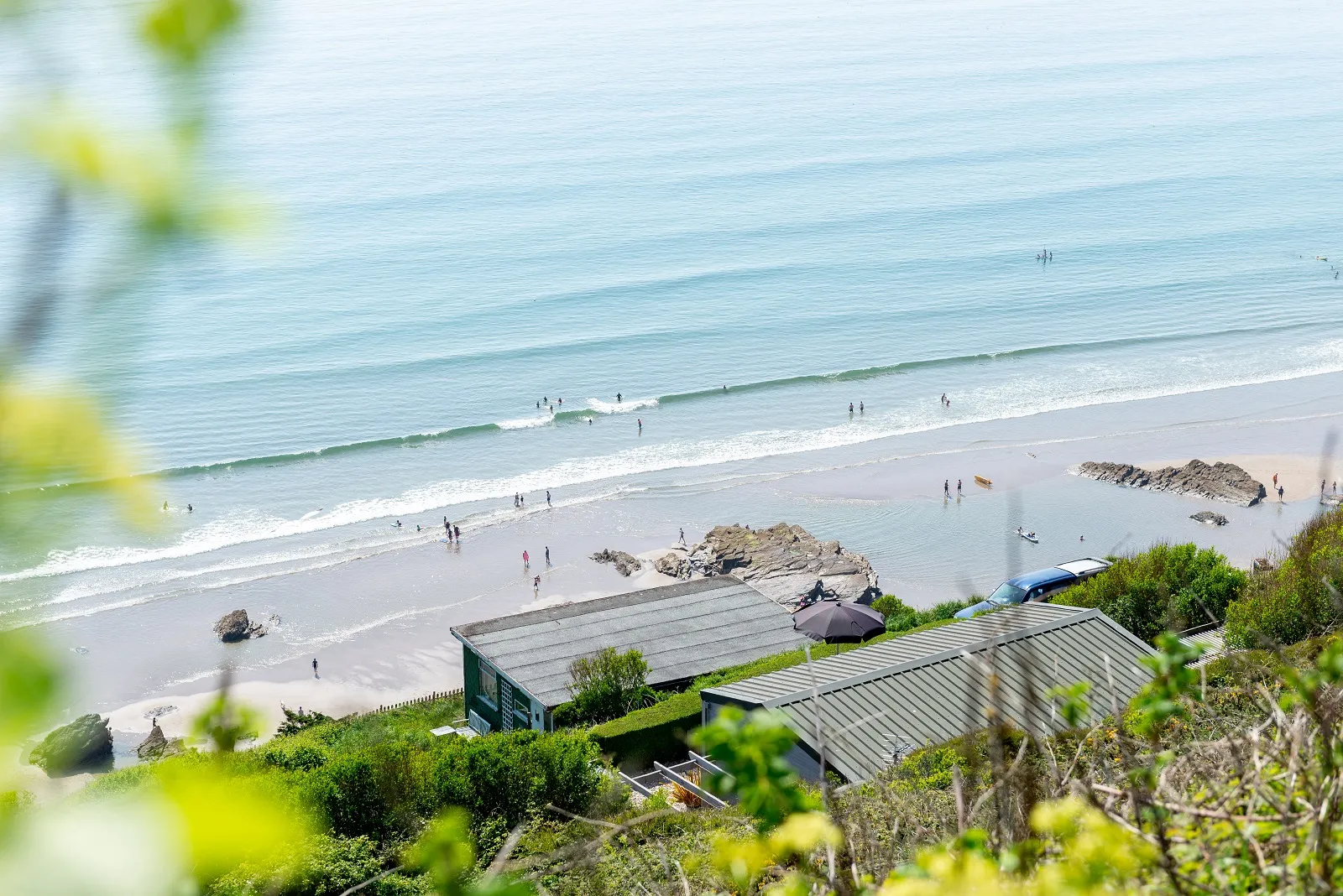
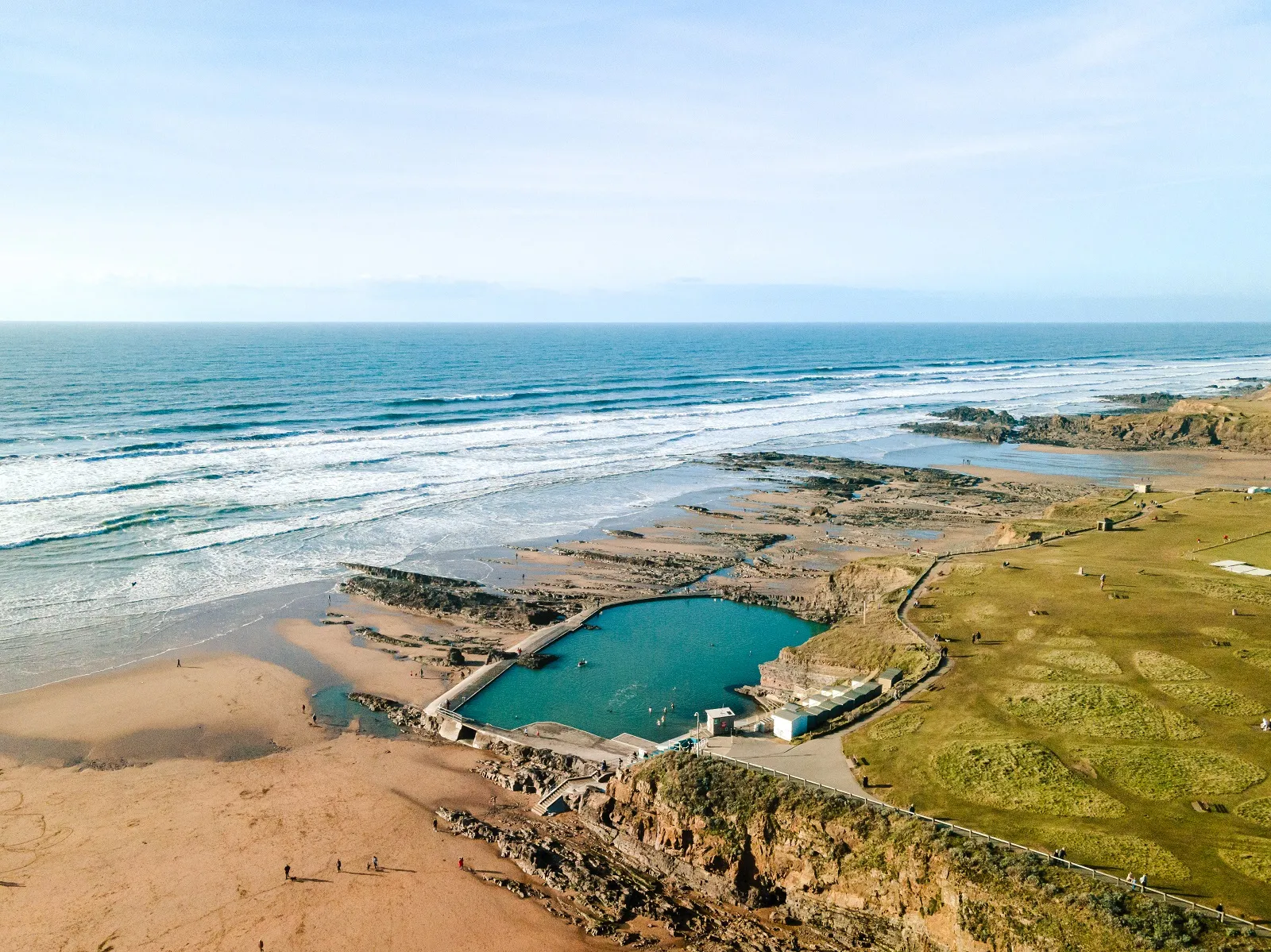
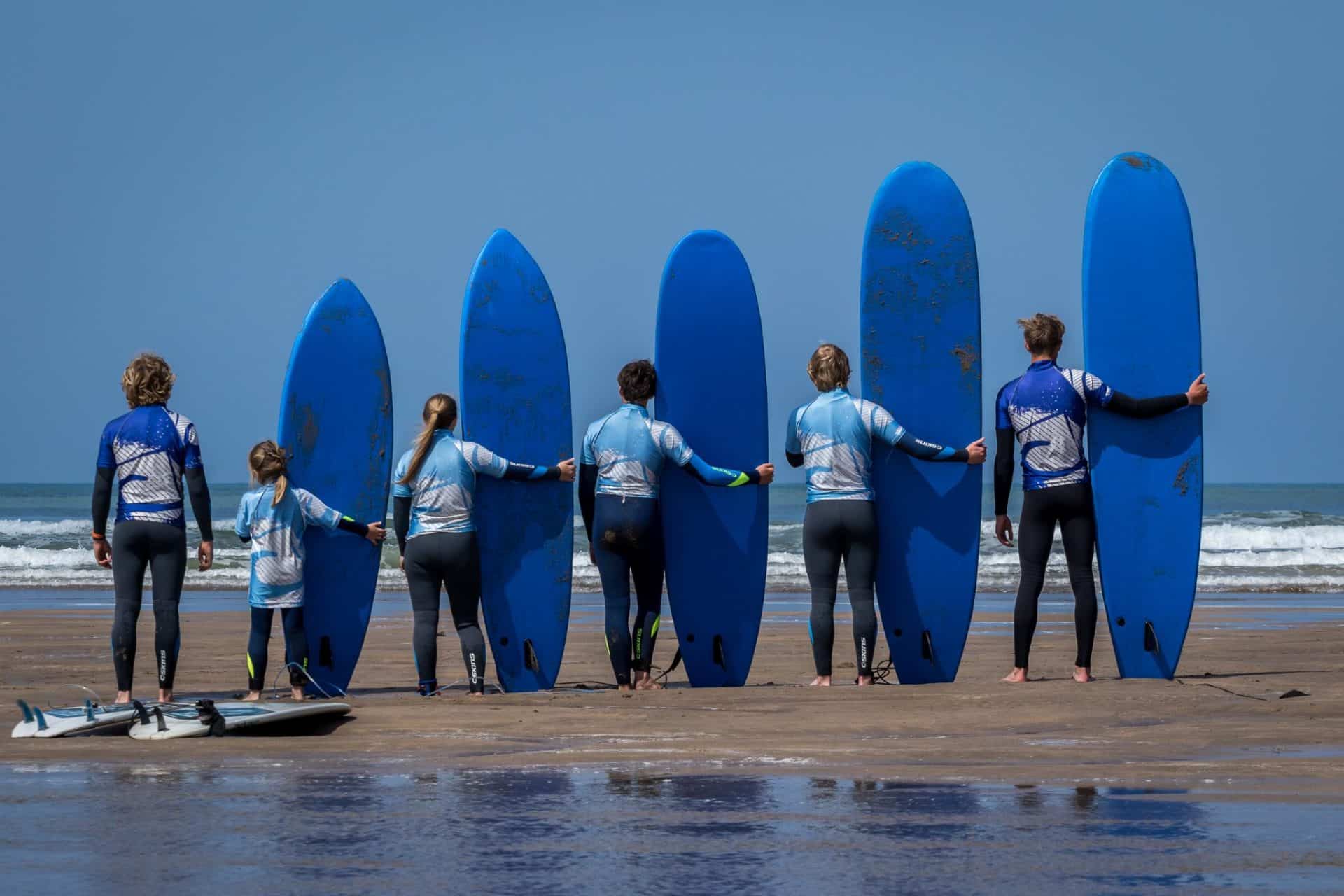
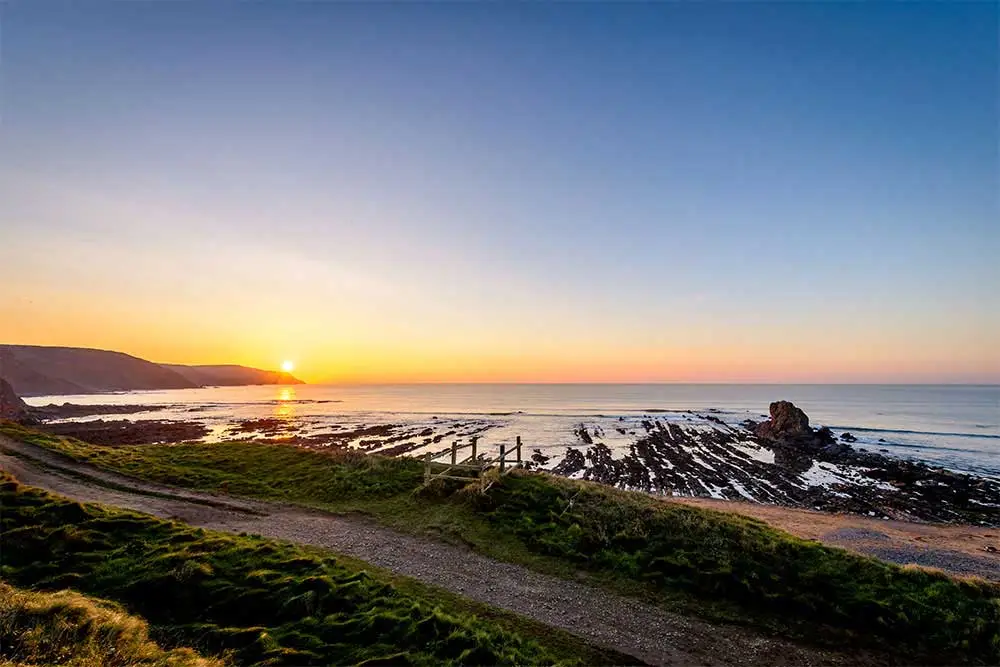
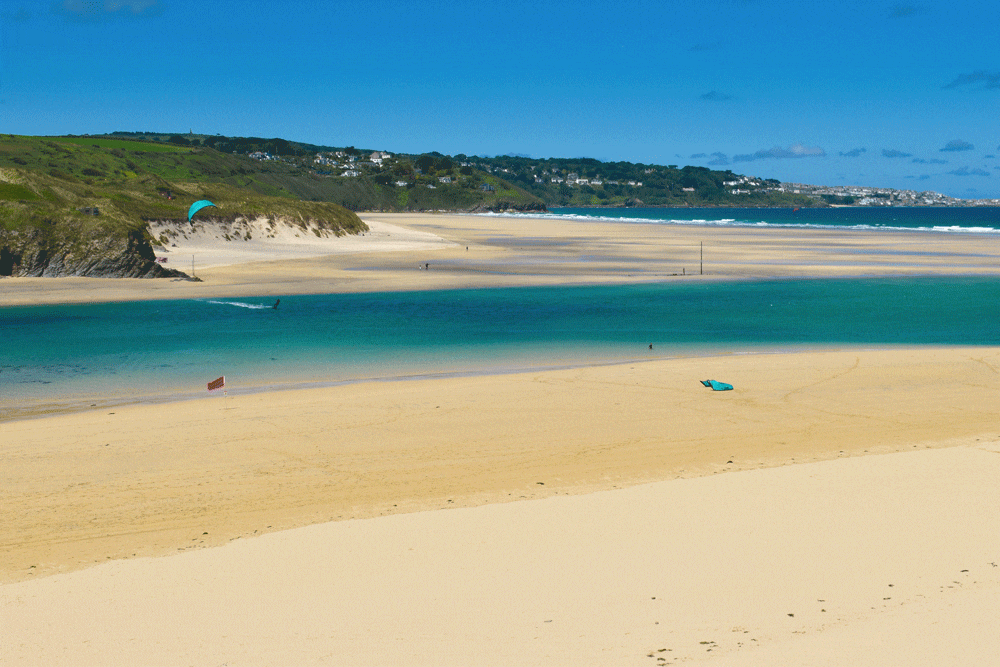

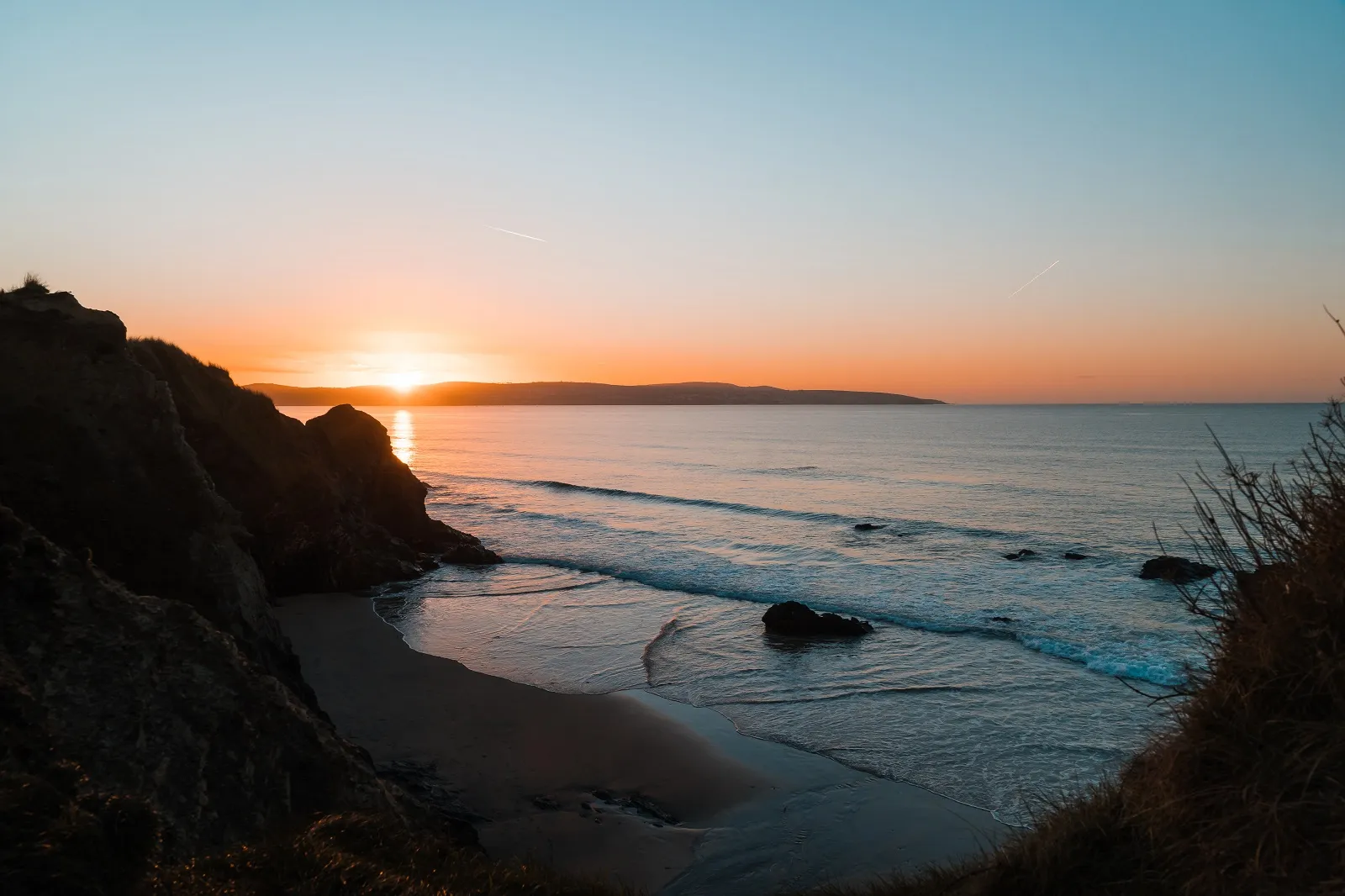
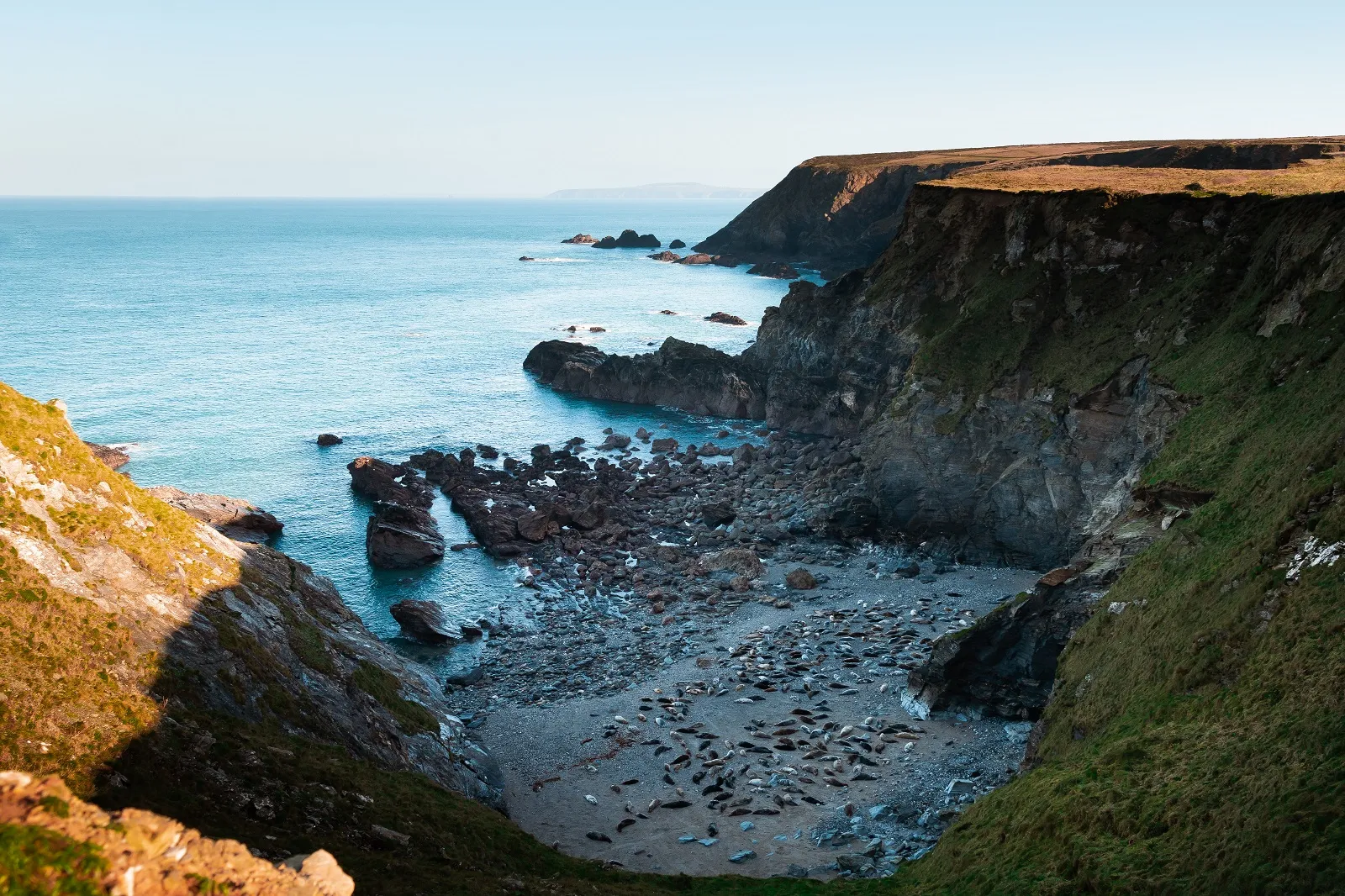
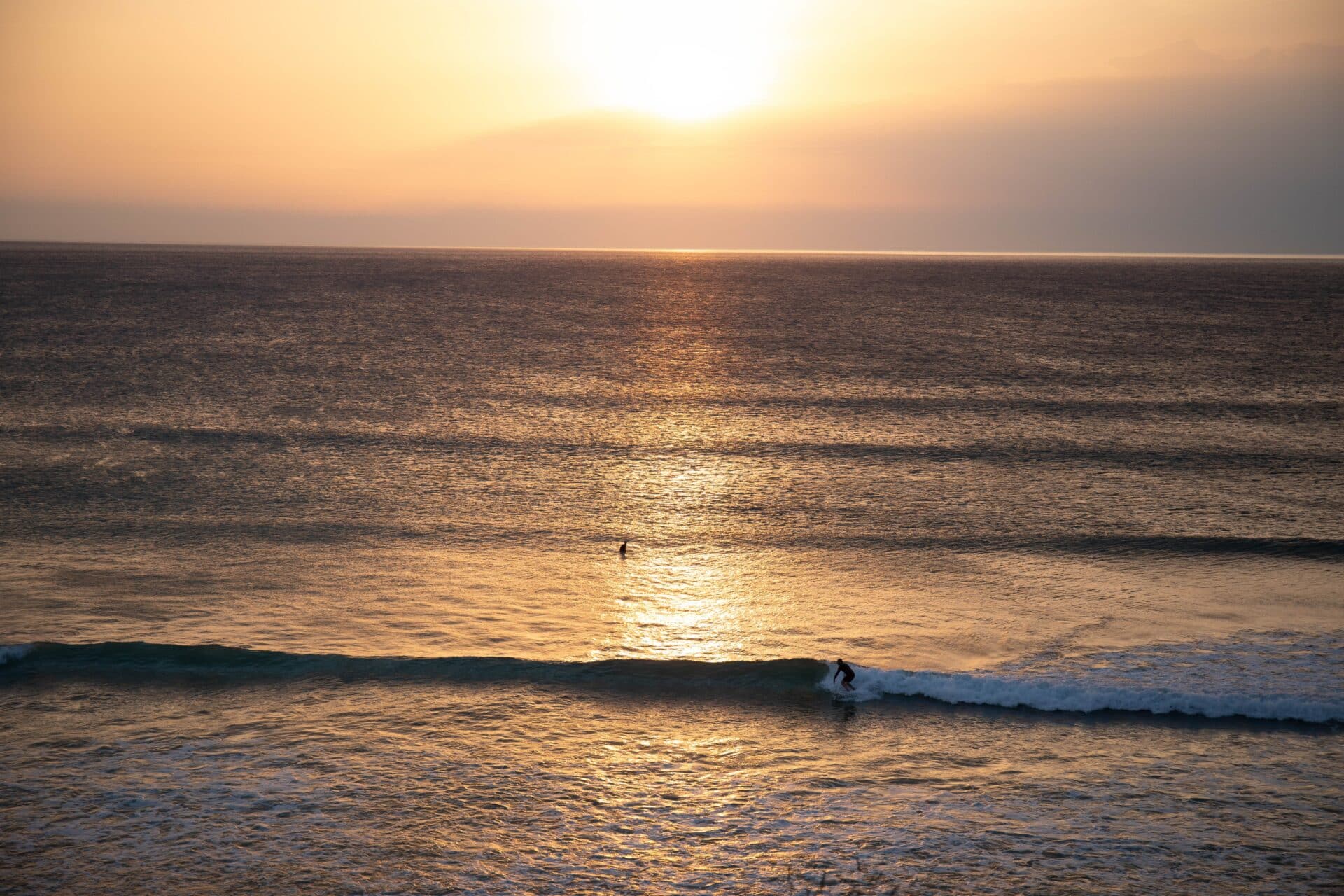
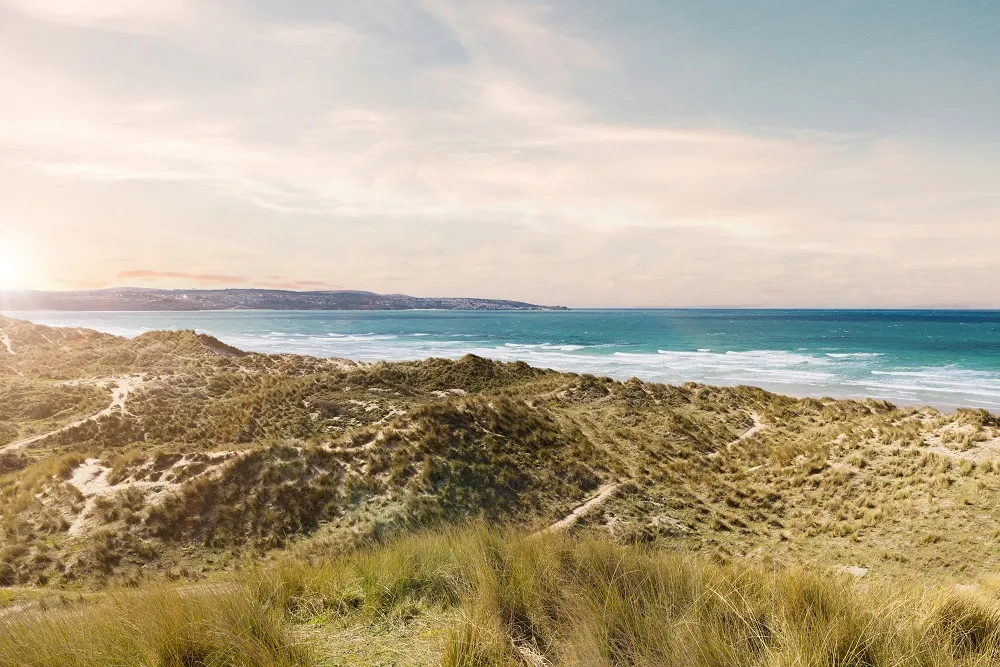
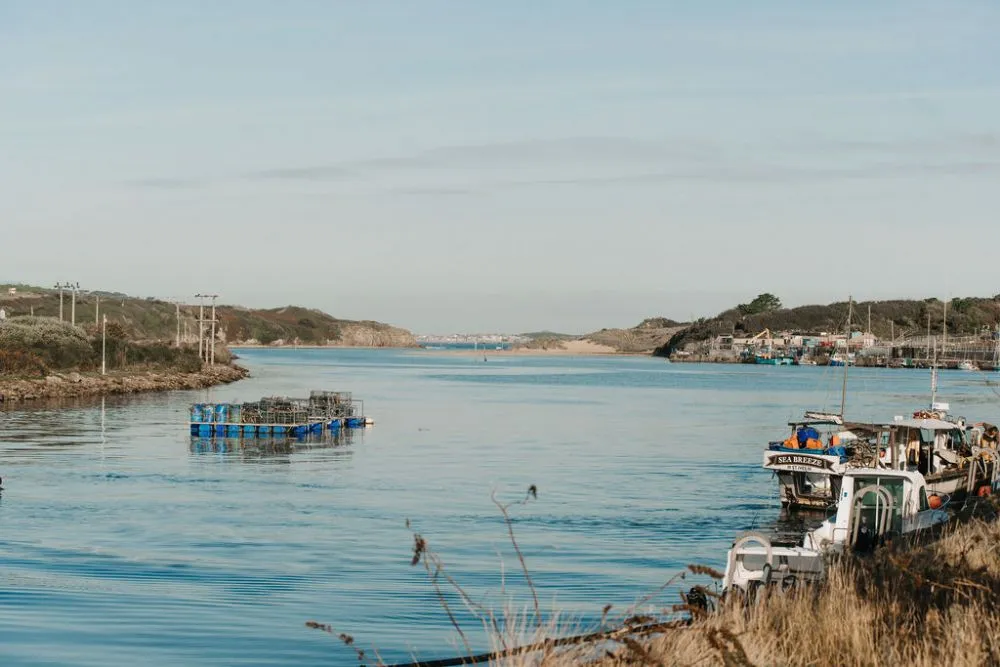
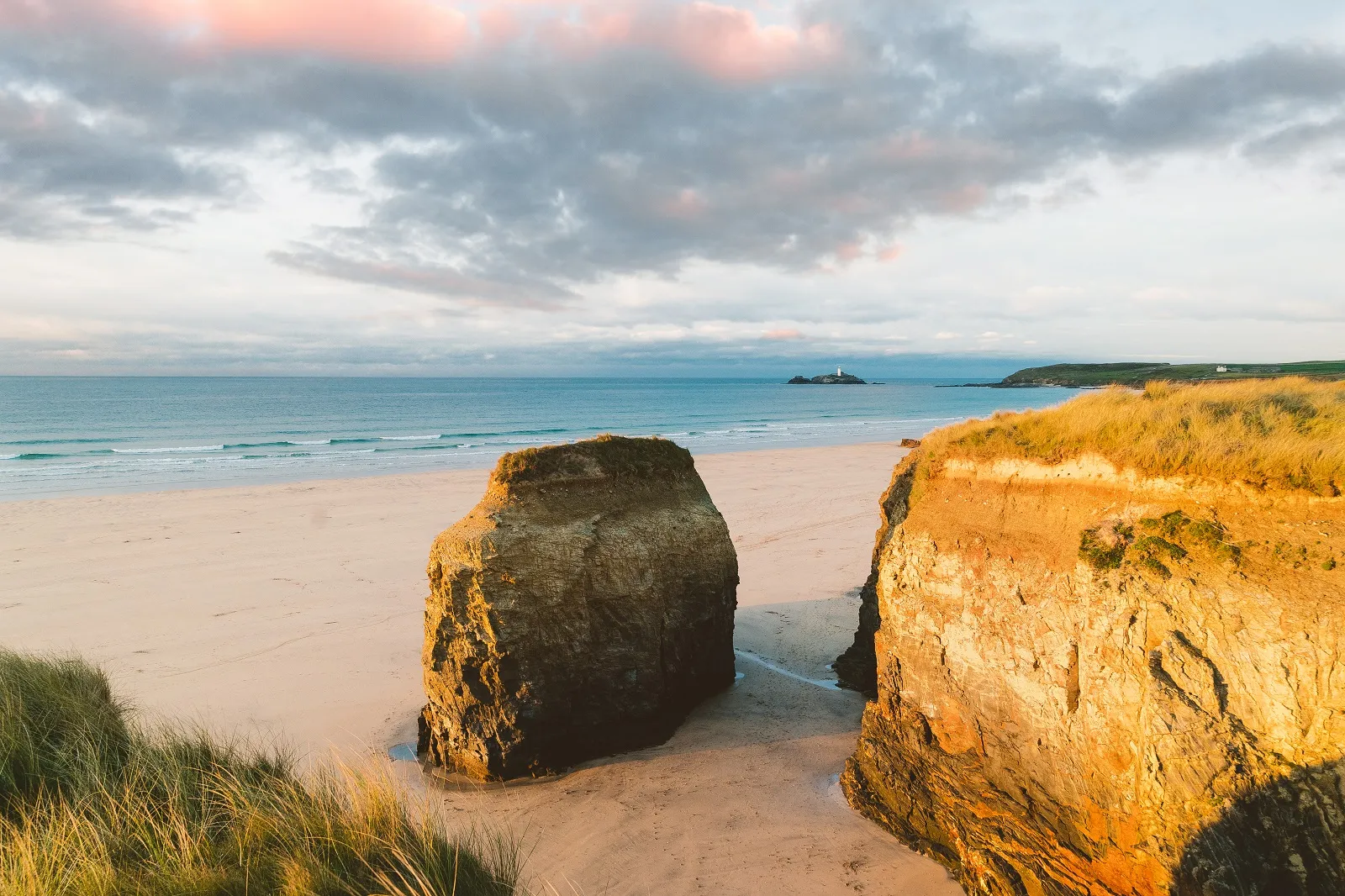
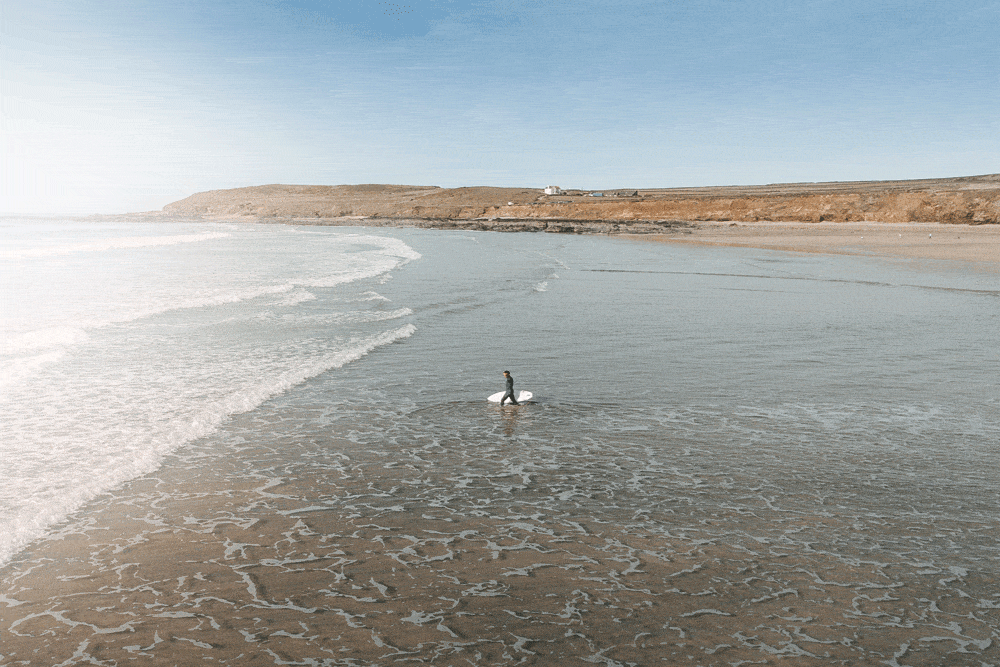
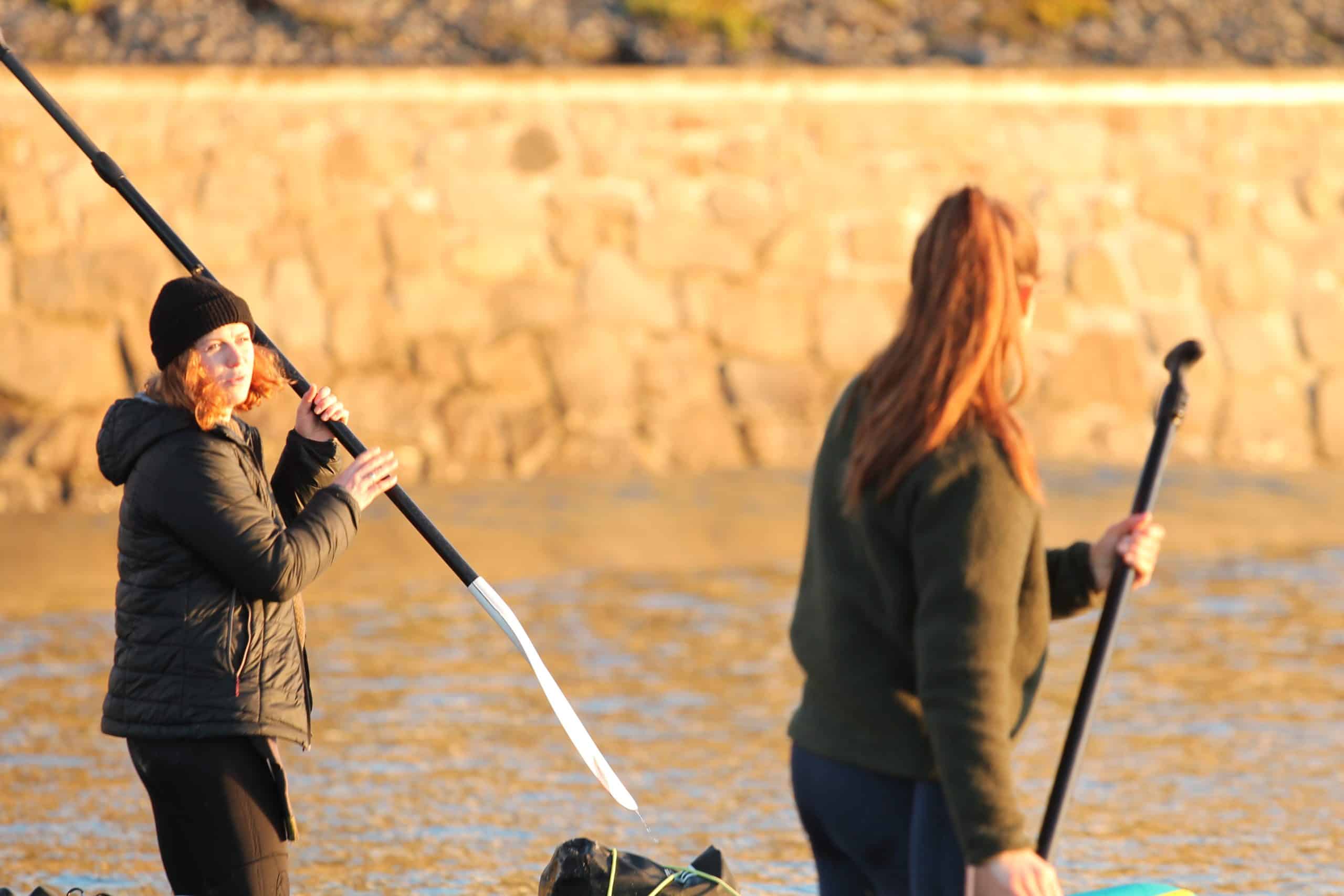

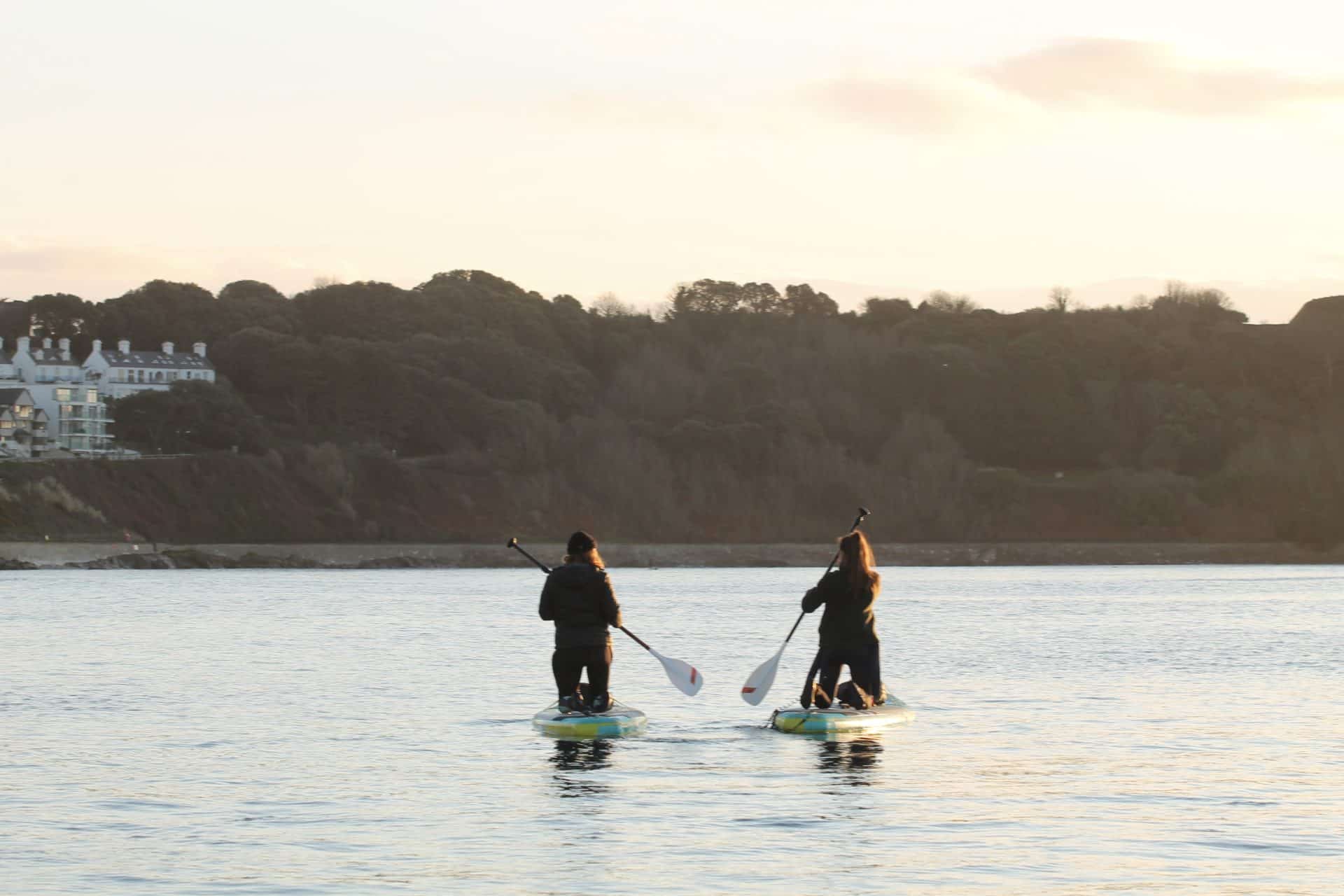
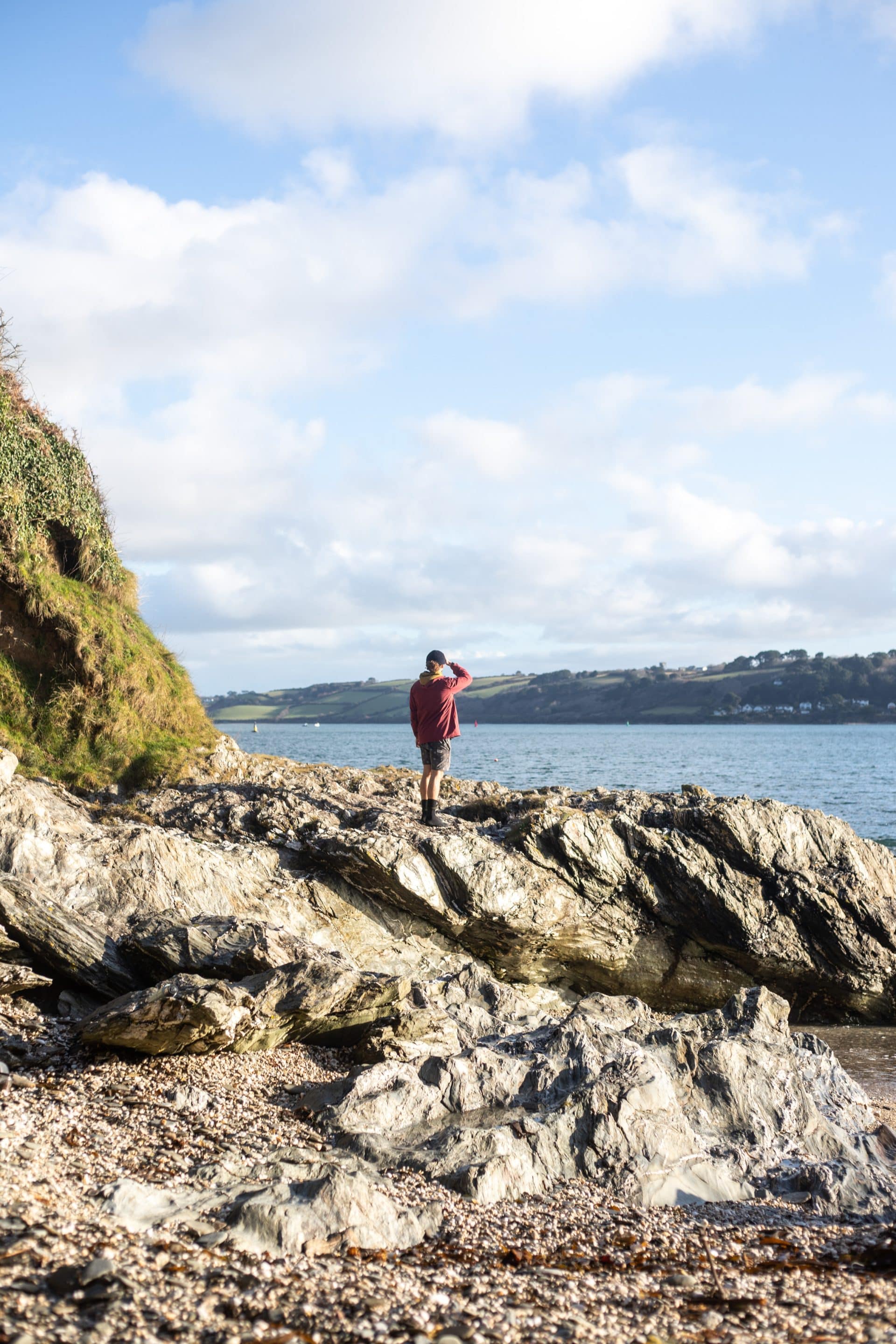
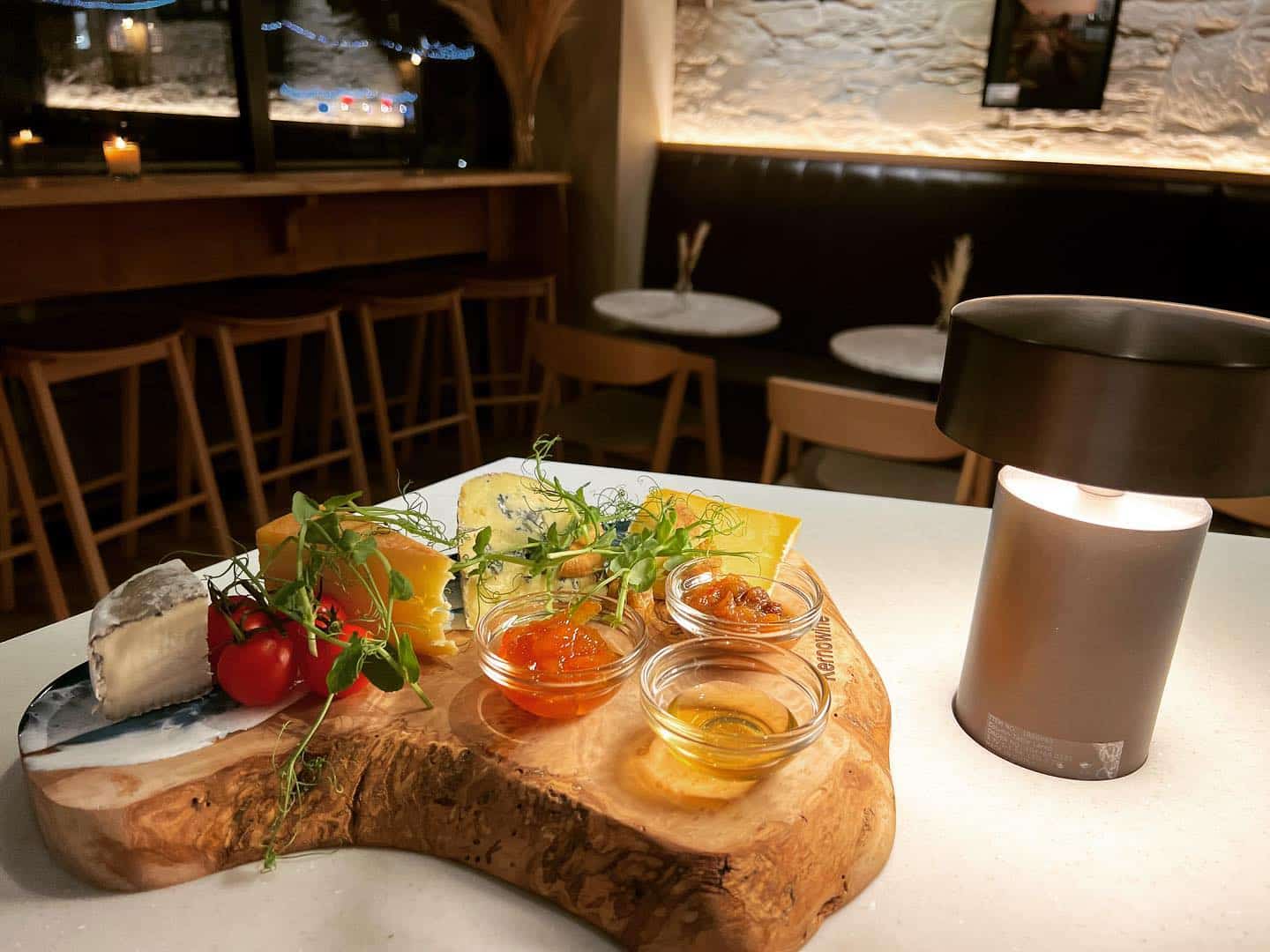
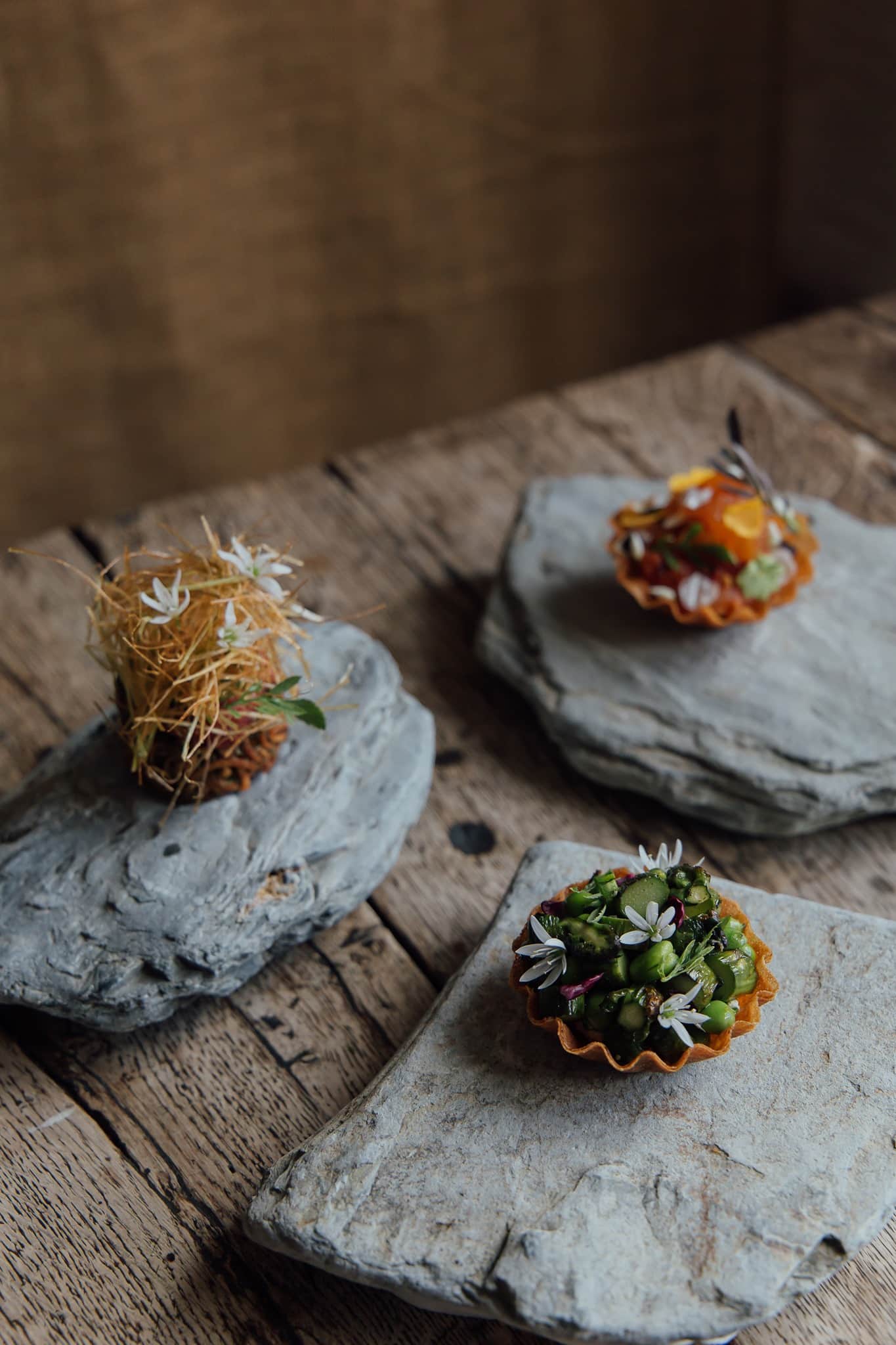
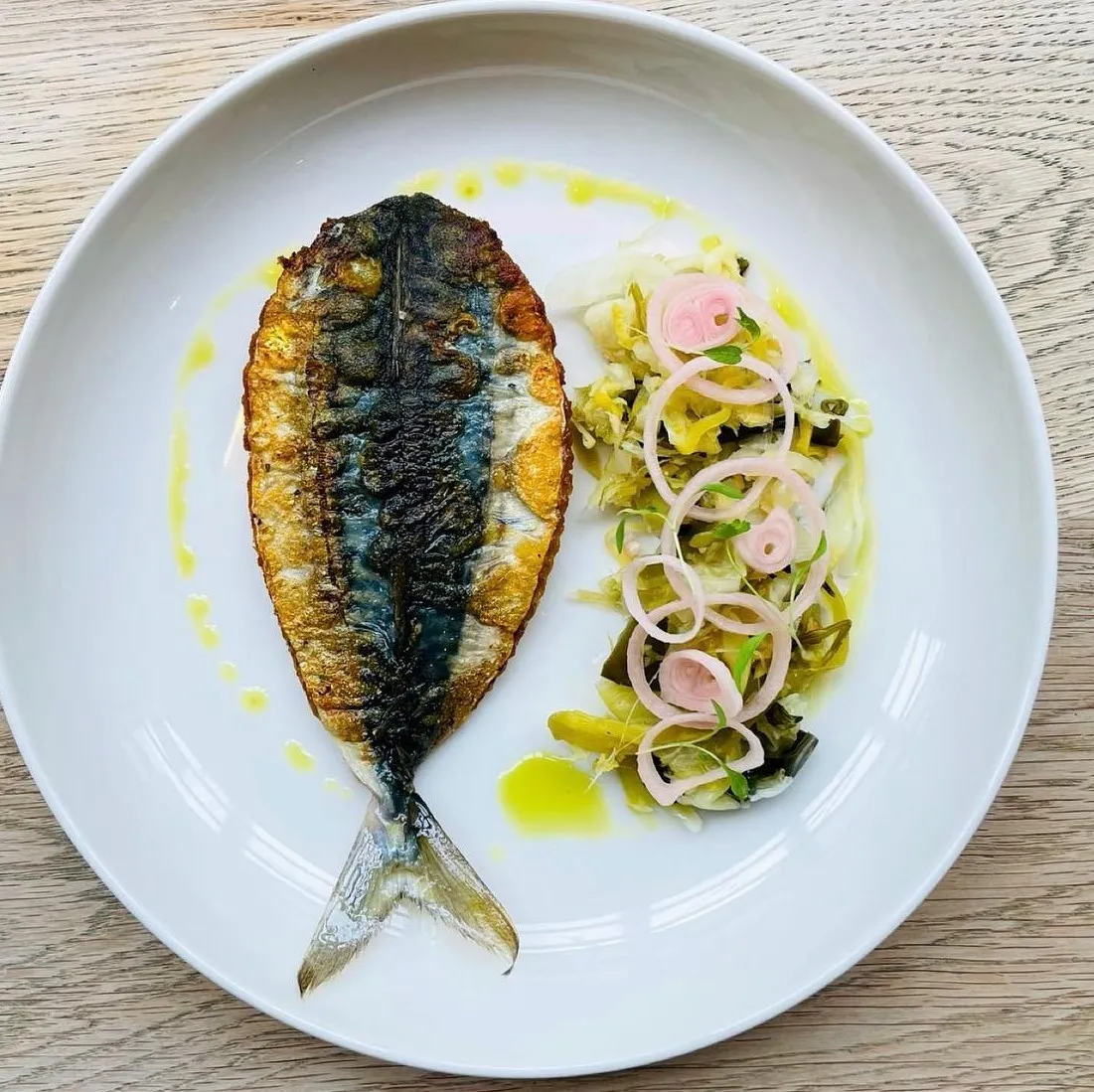
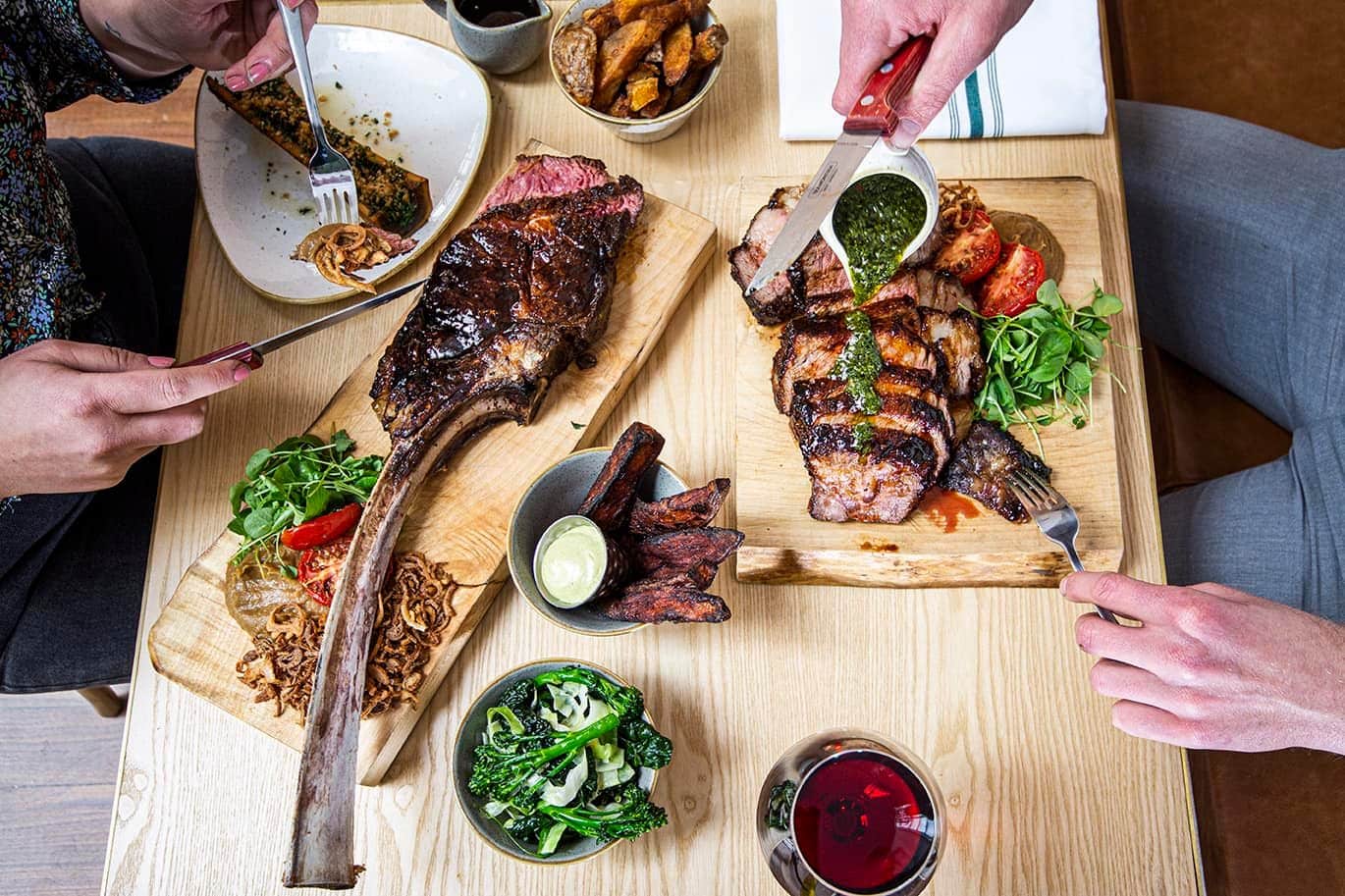
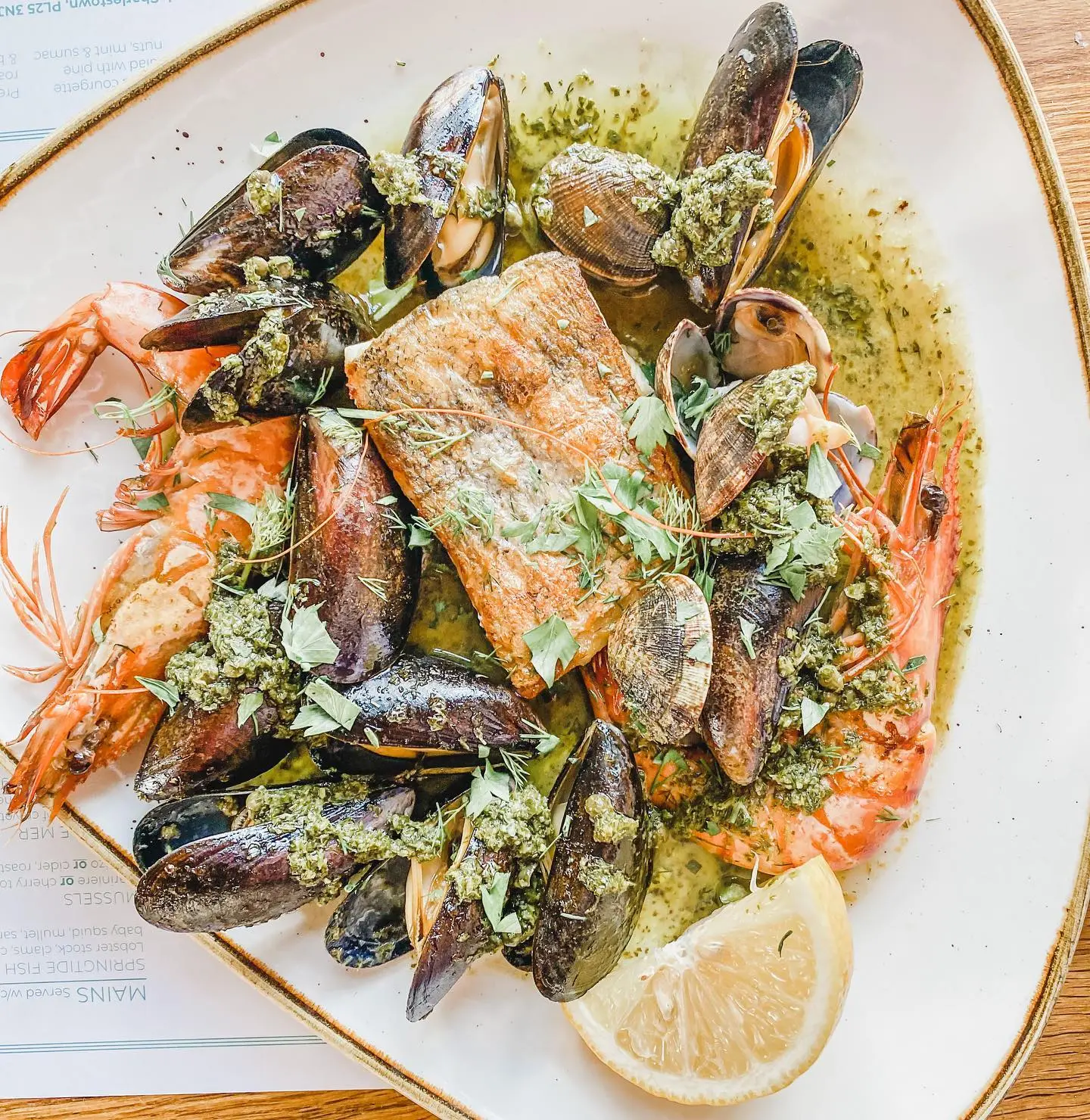
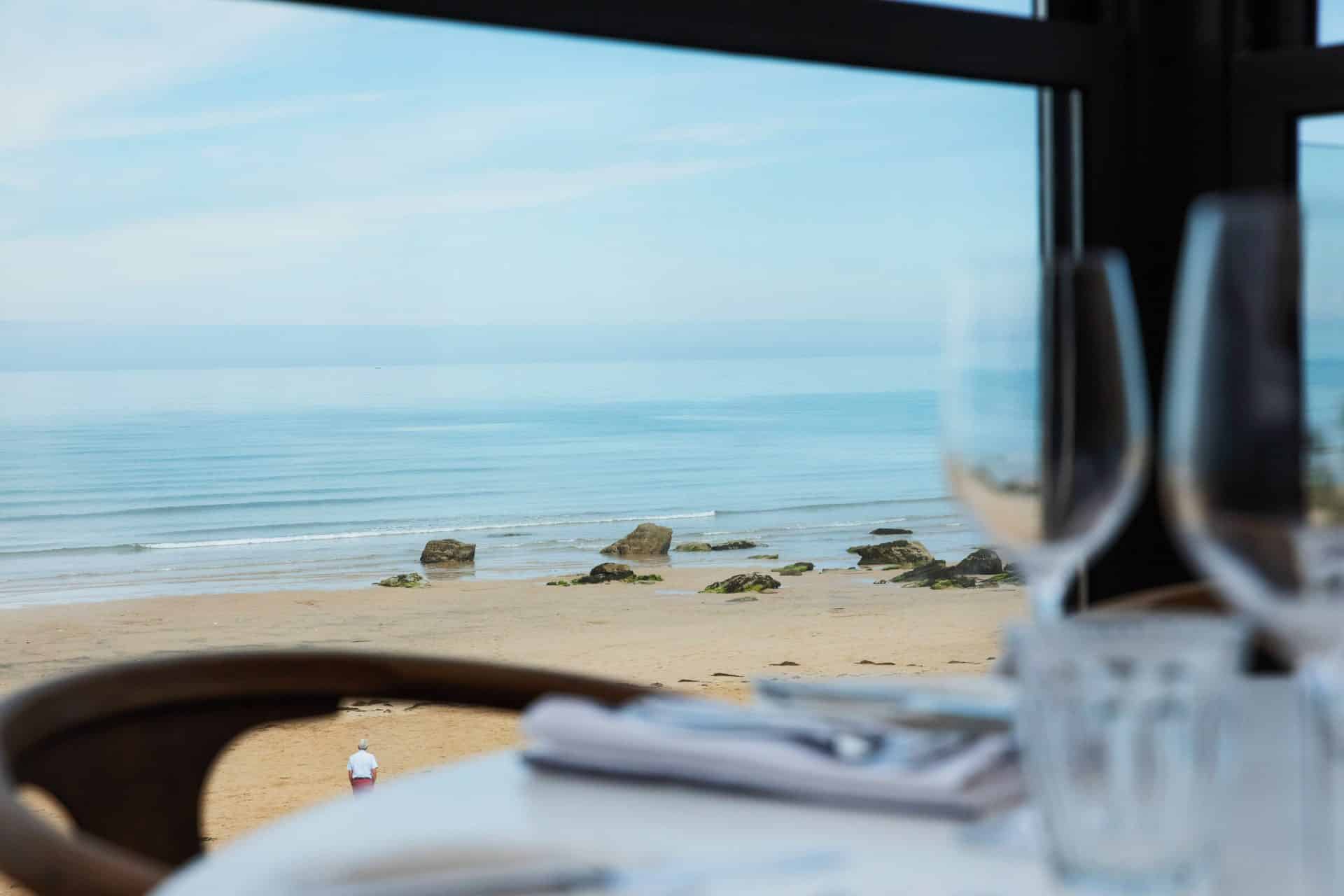
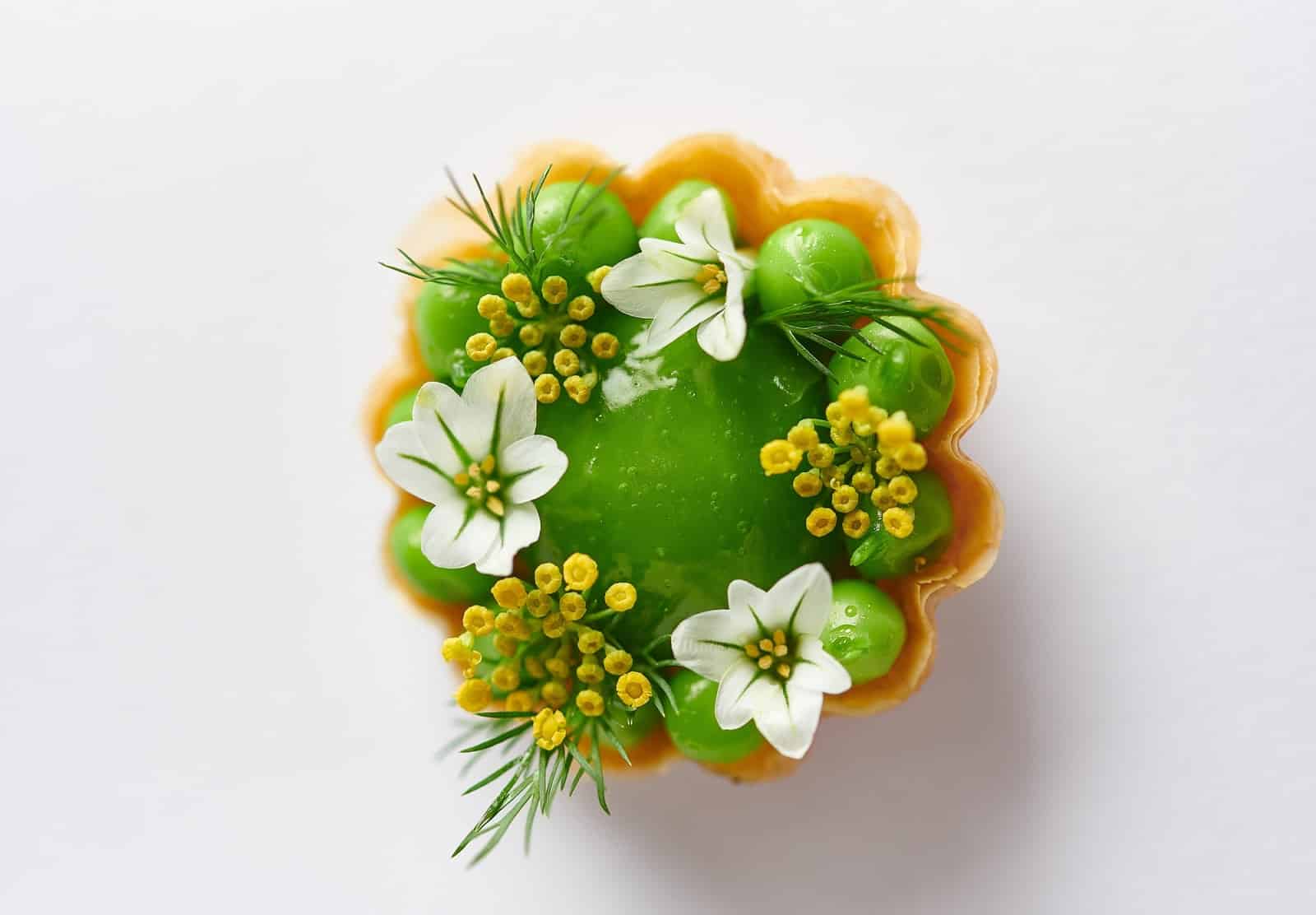
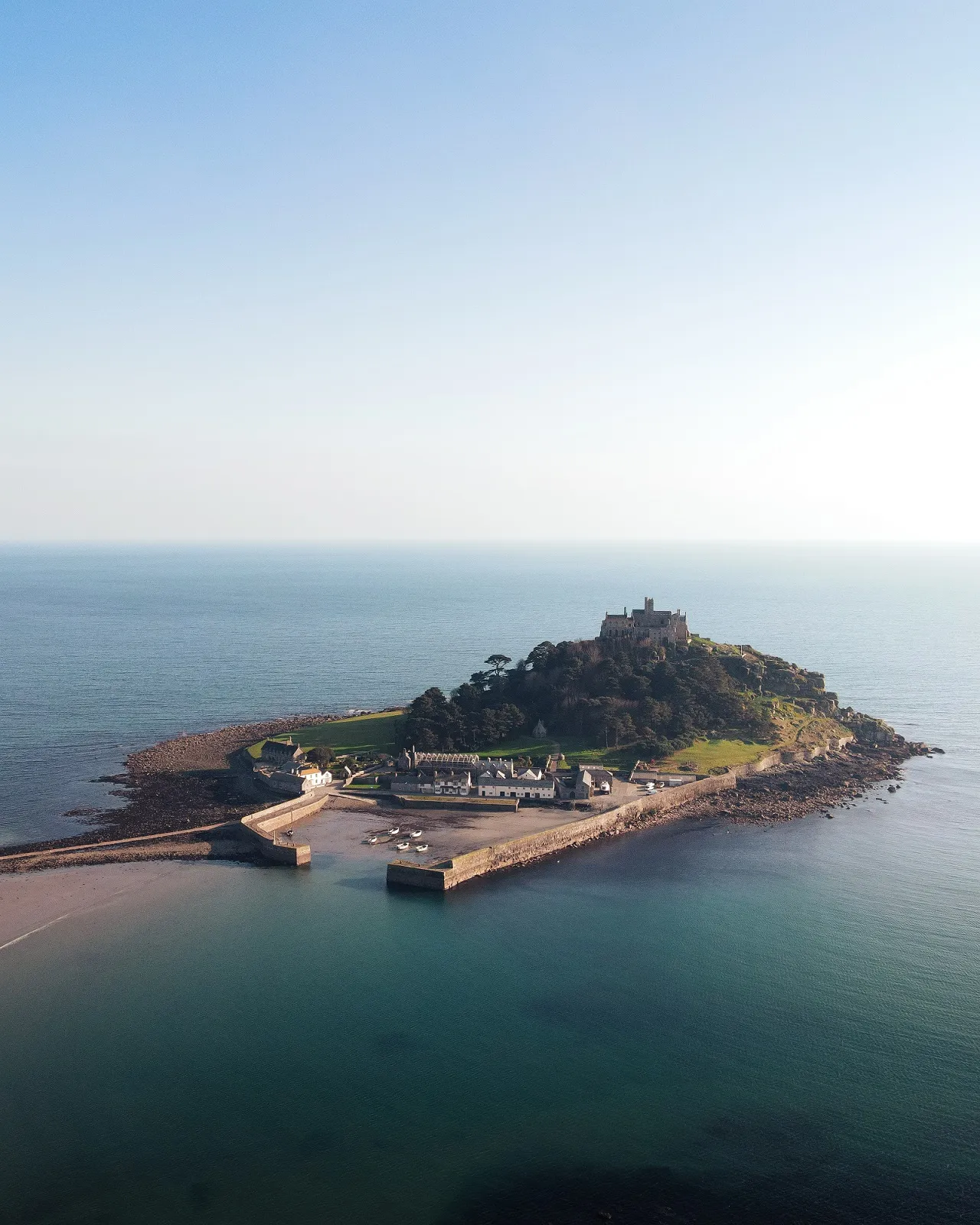
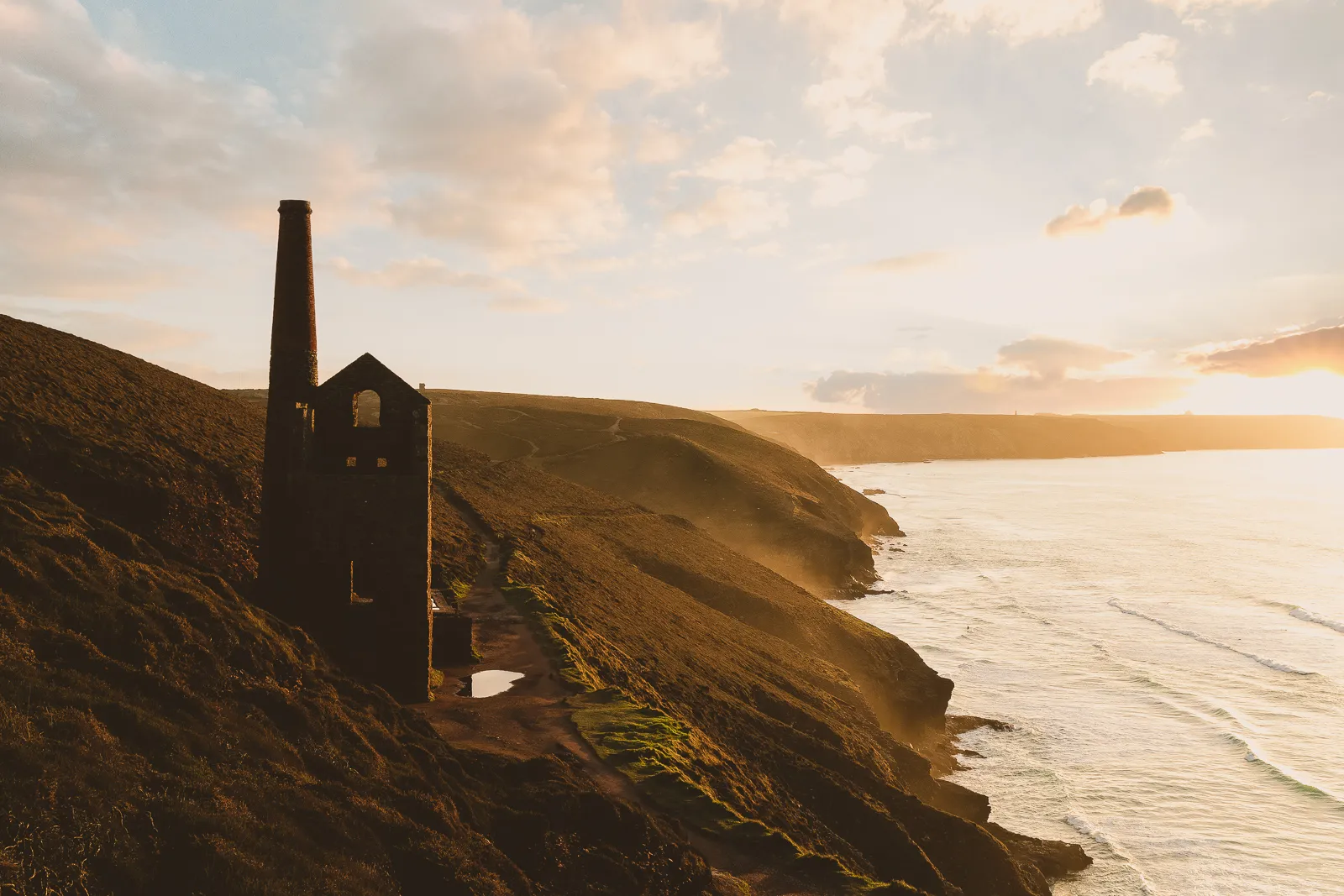

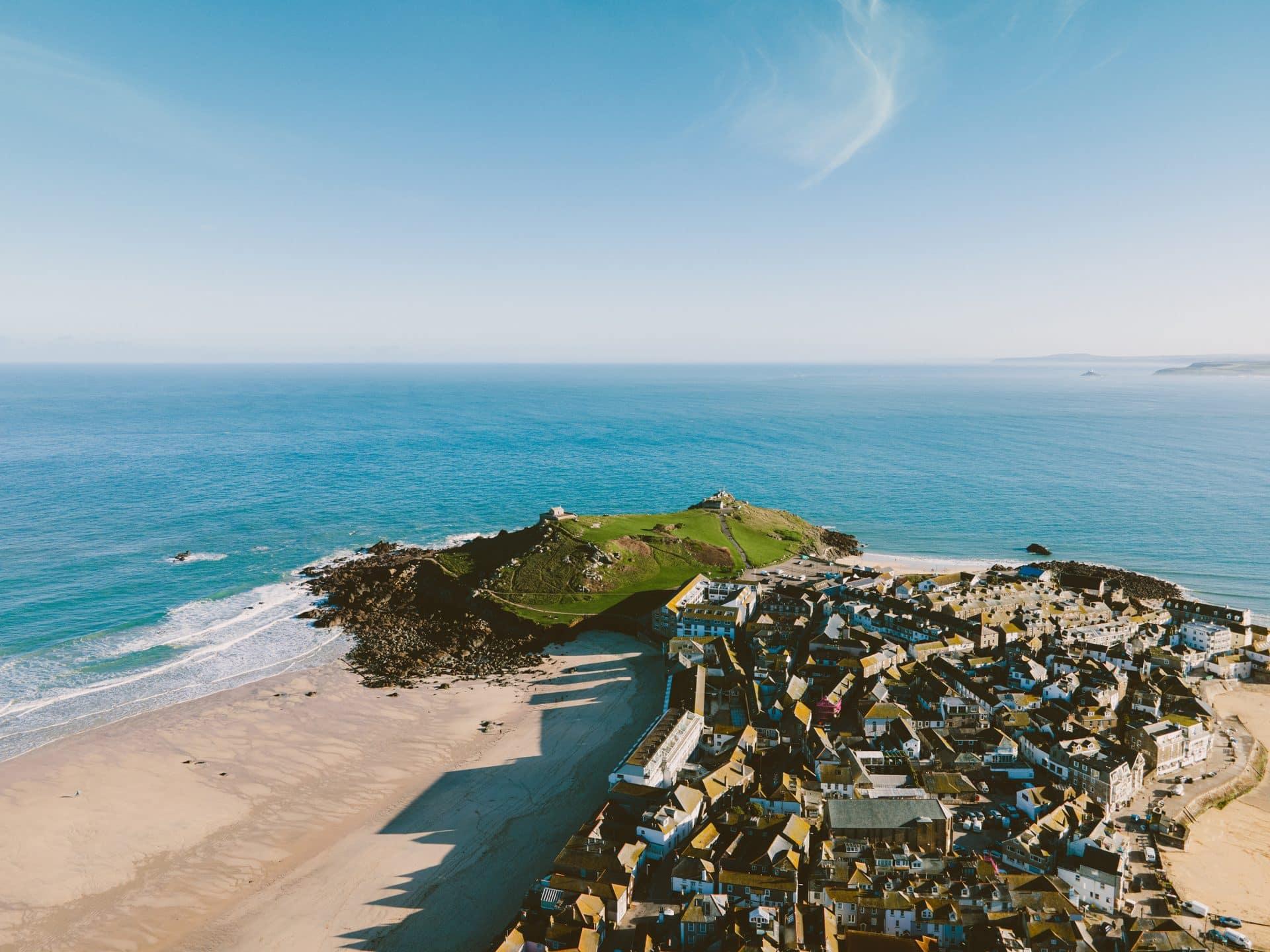
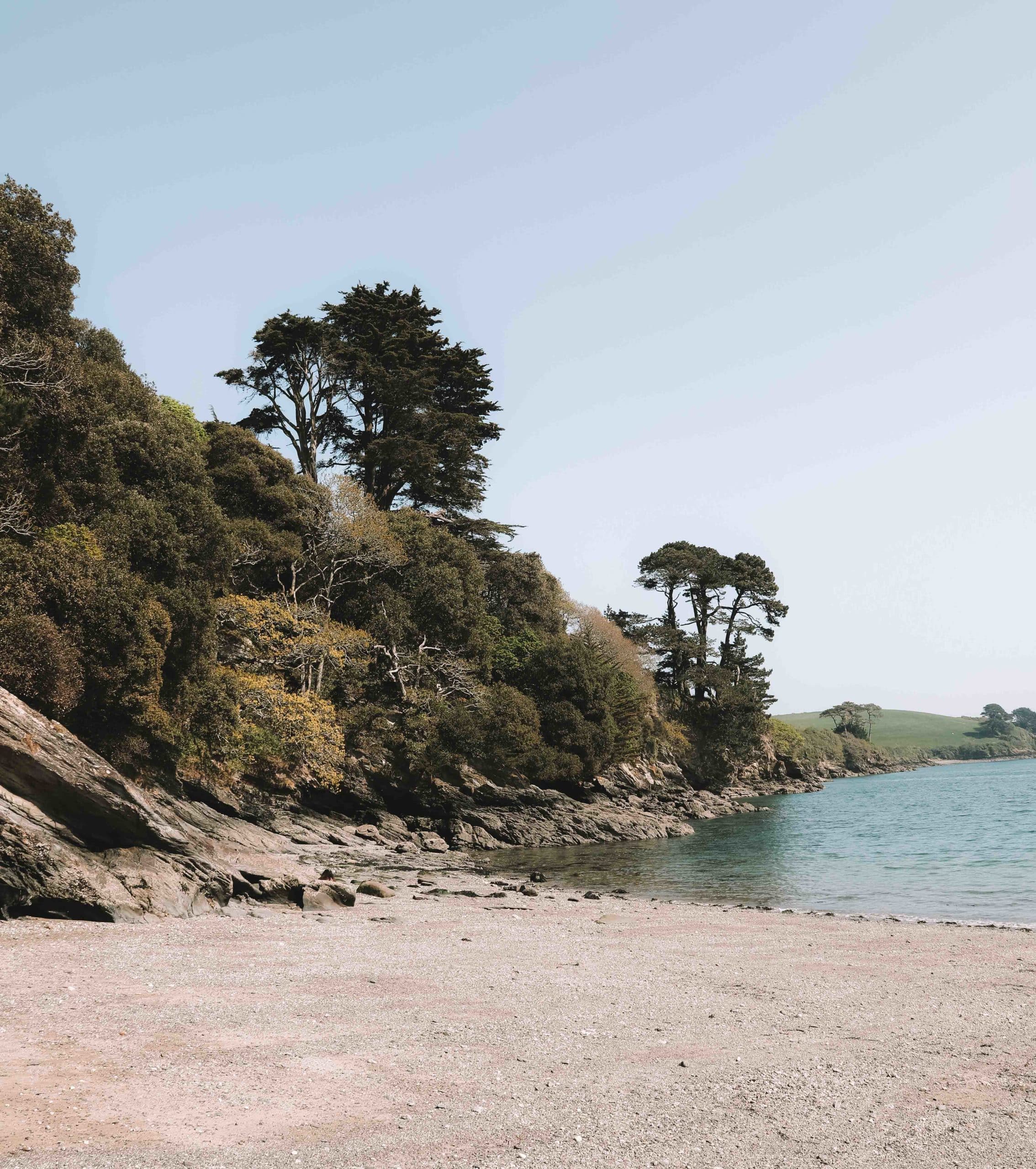
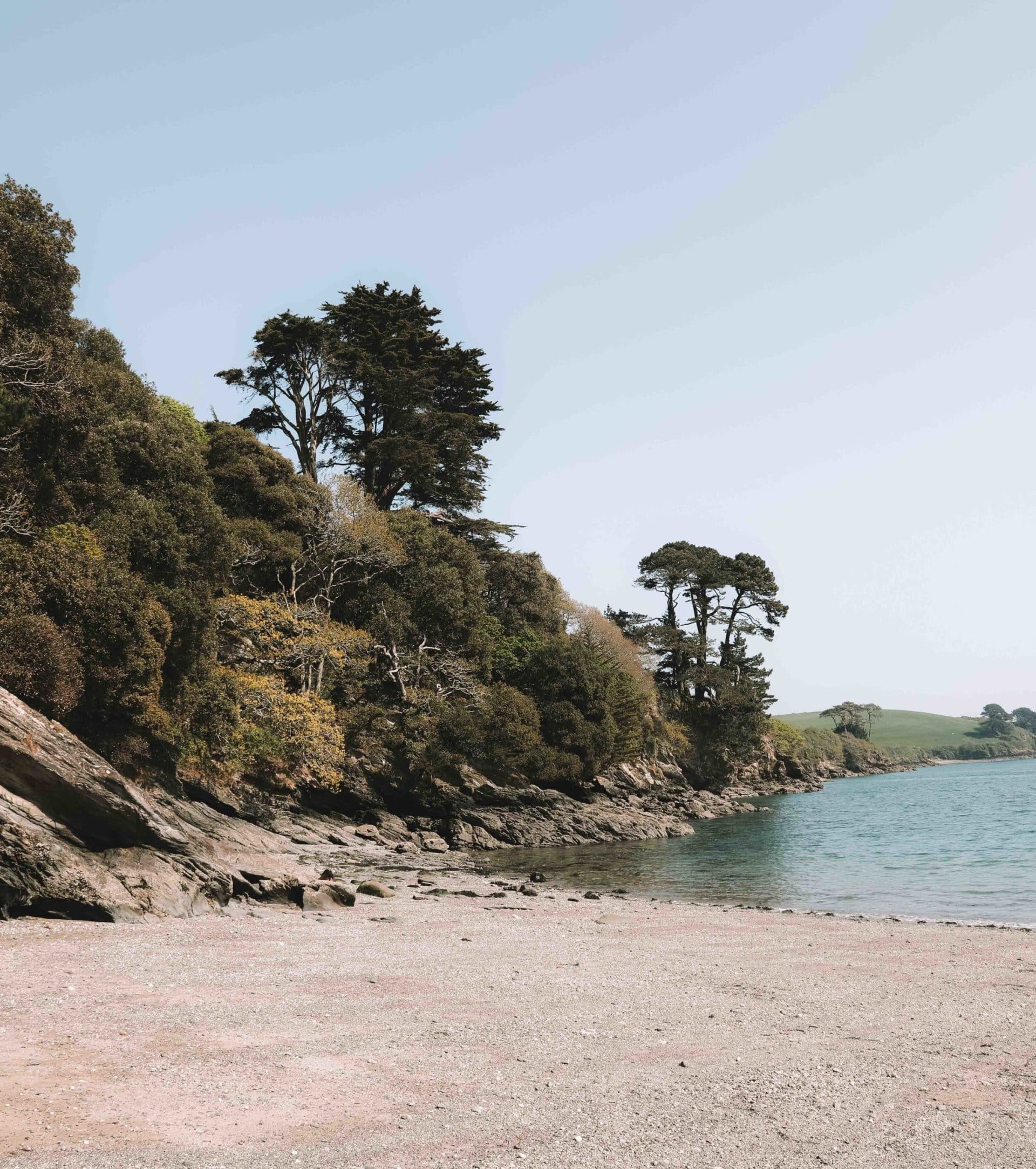 Photo credit: Goodrest Studios
Photo credit: Goodrest Studios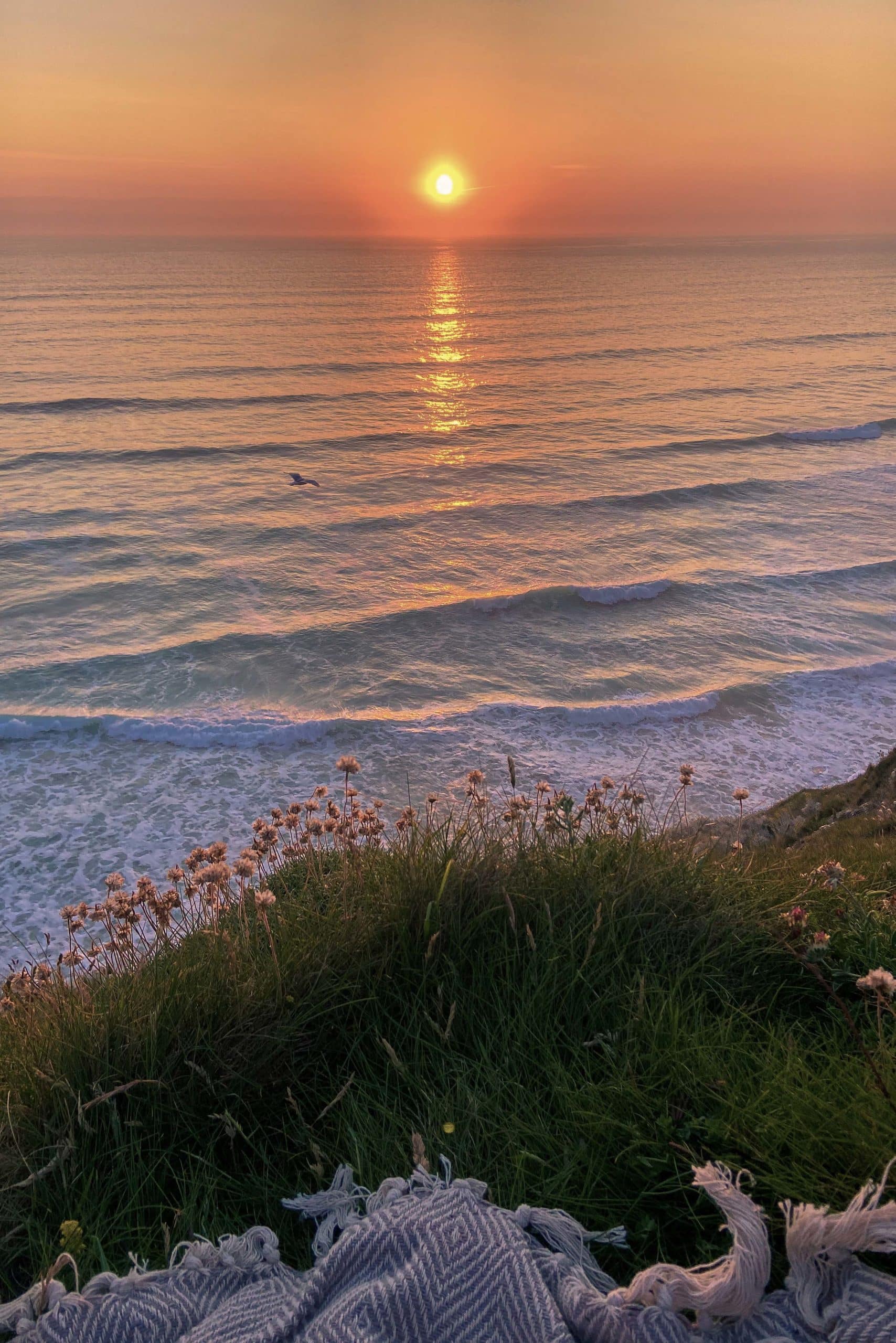
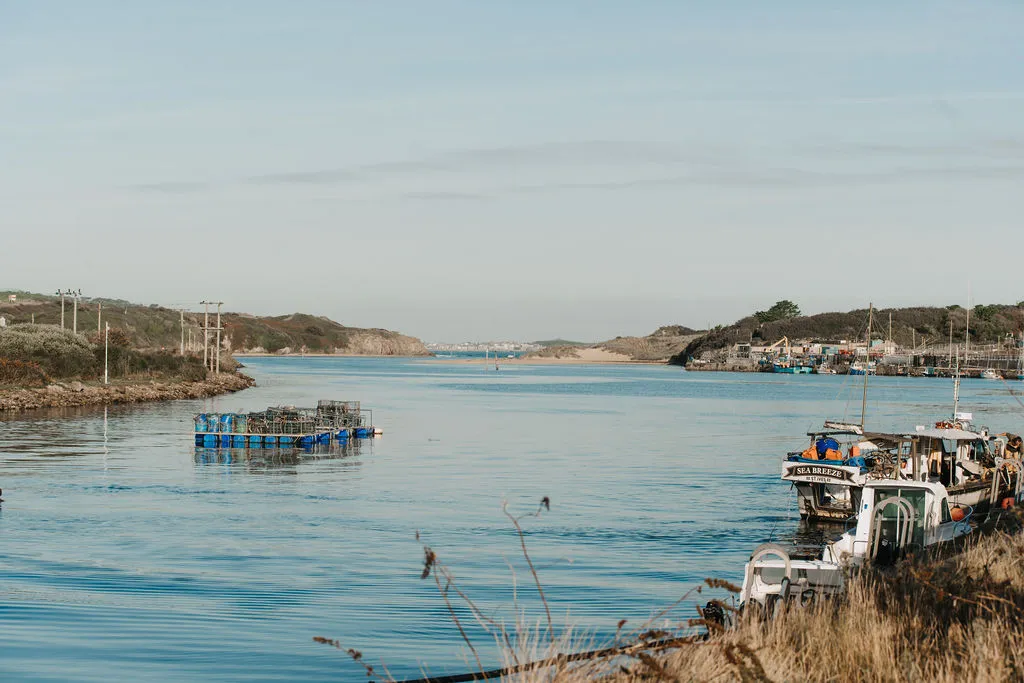
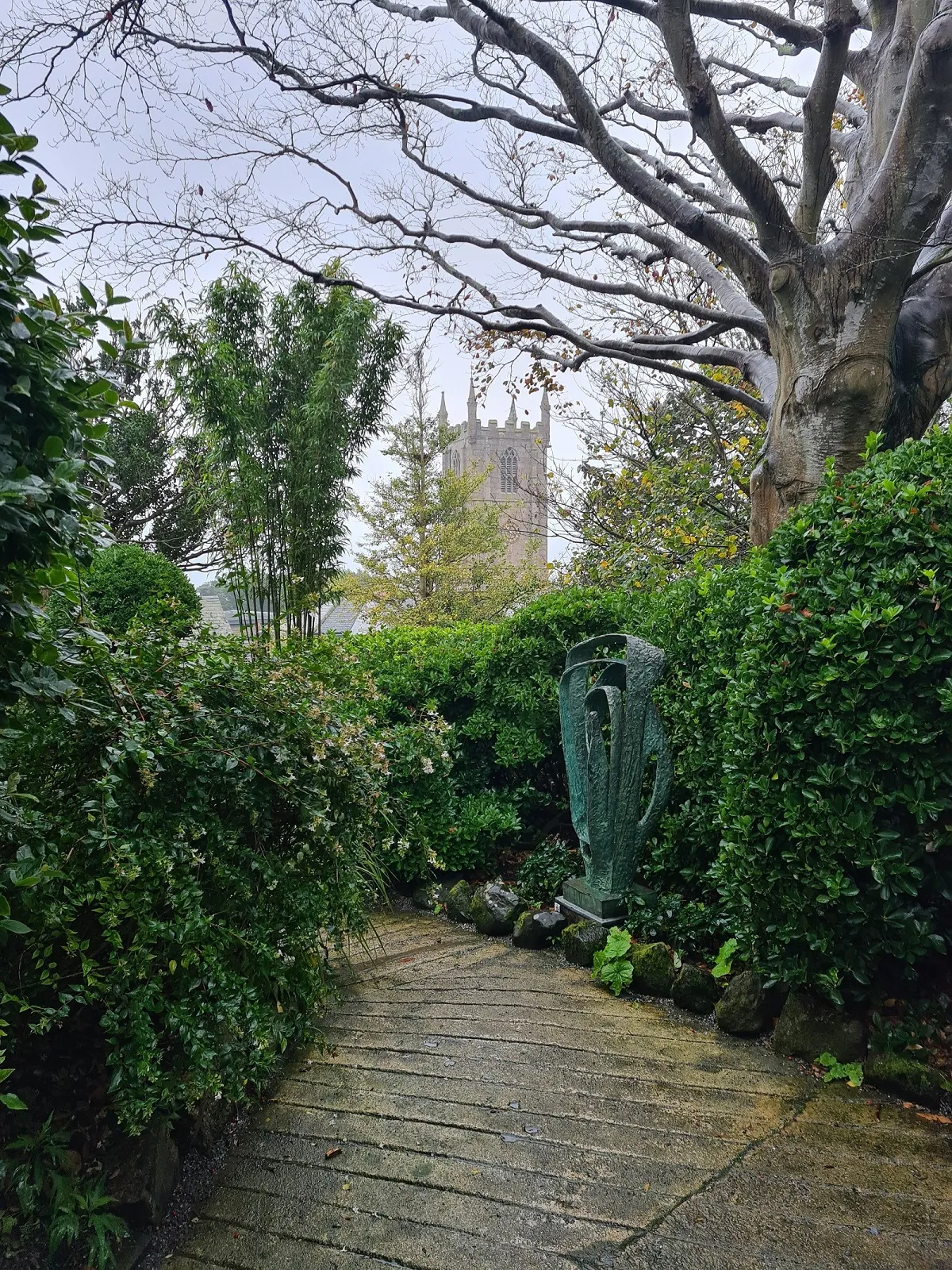
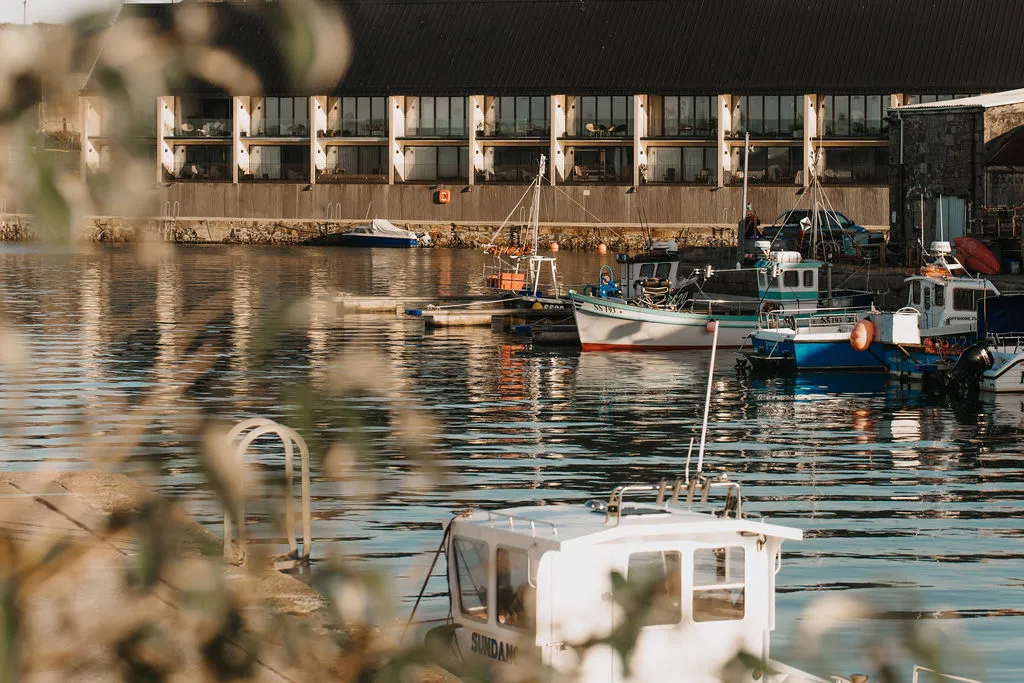
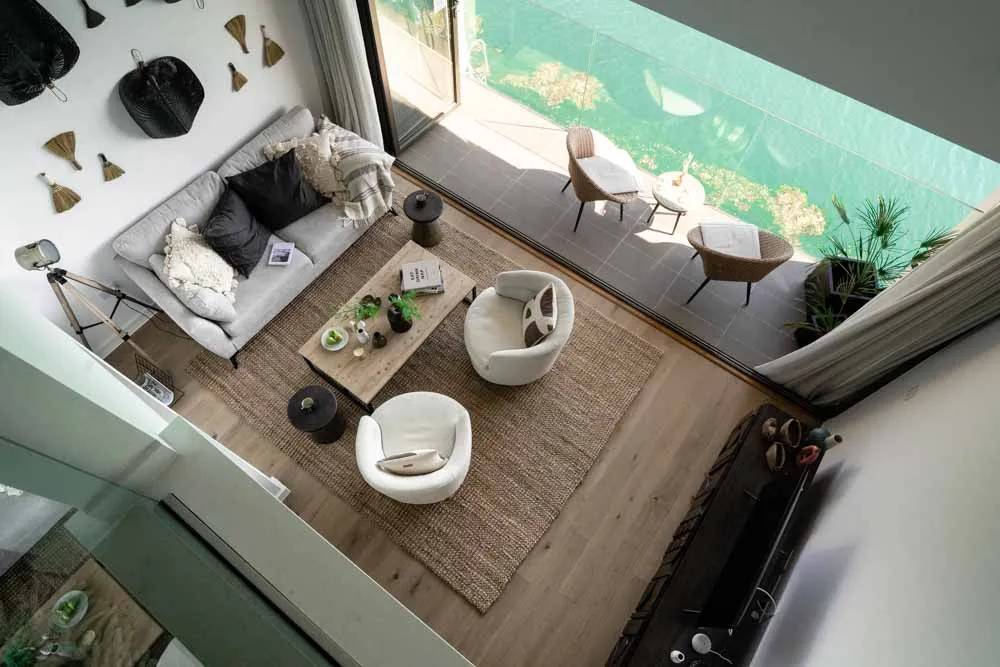
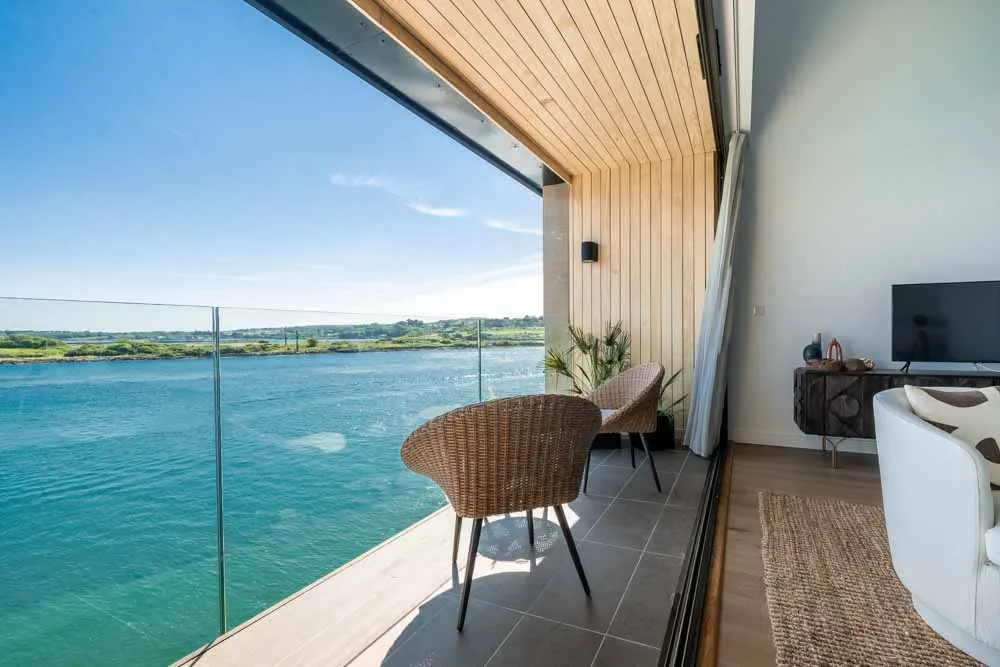
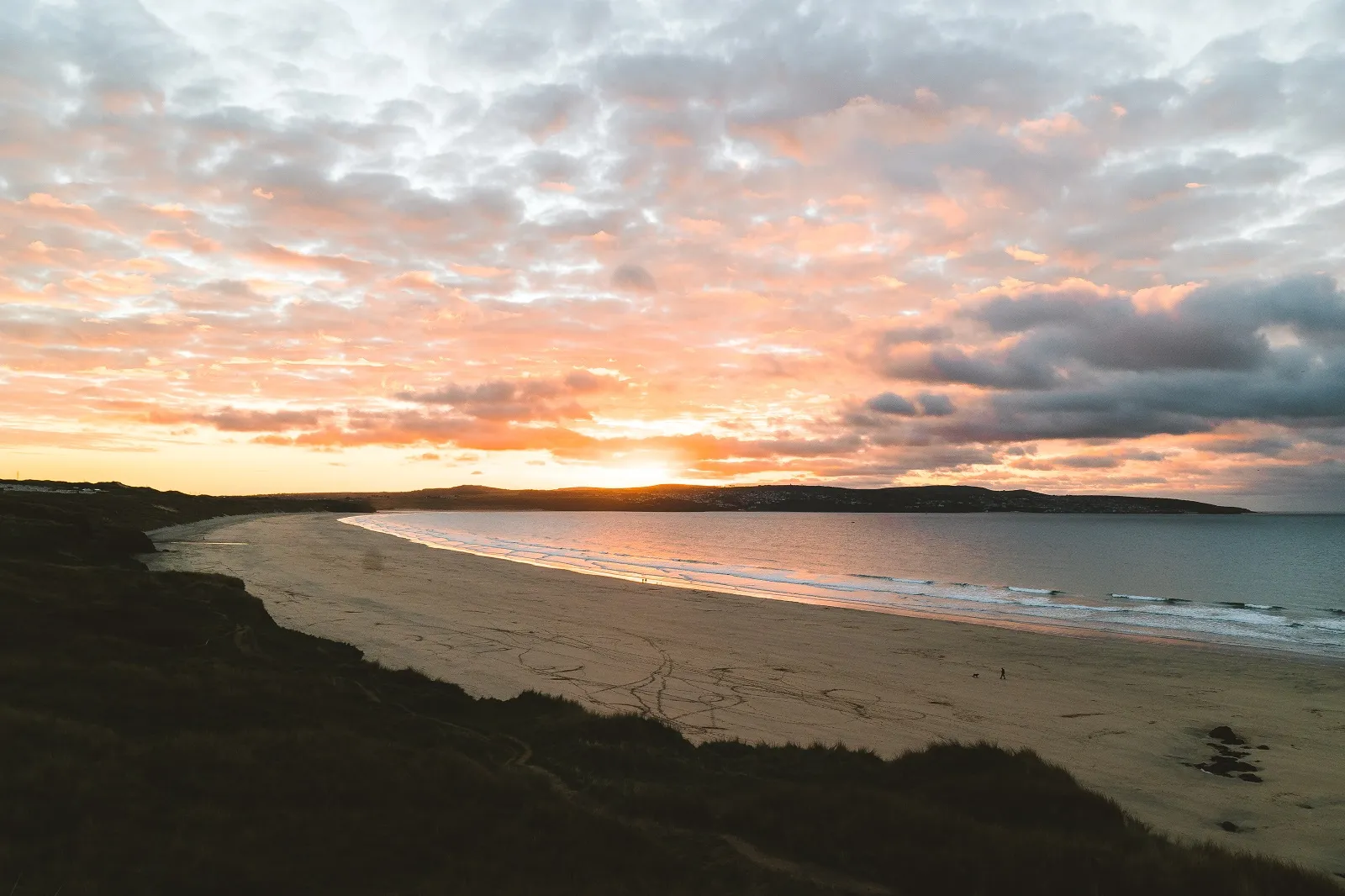
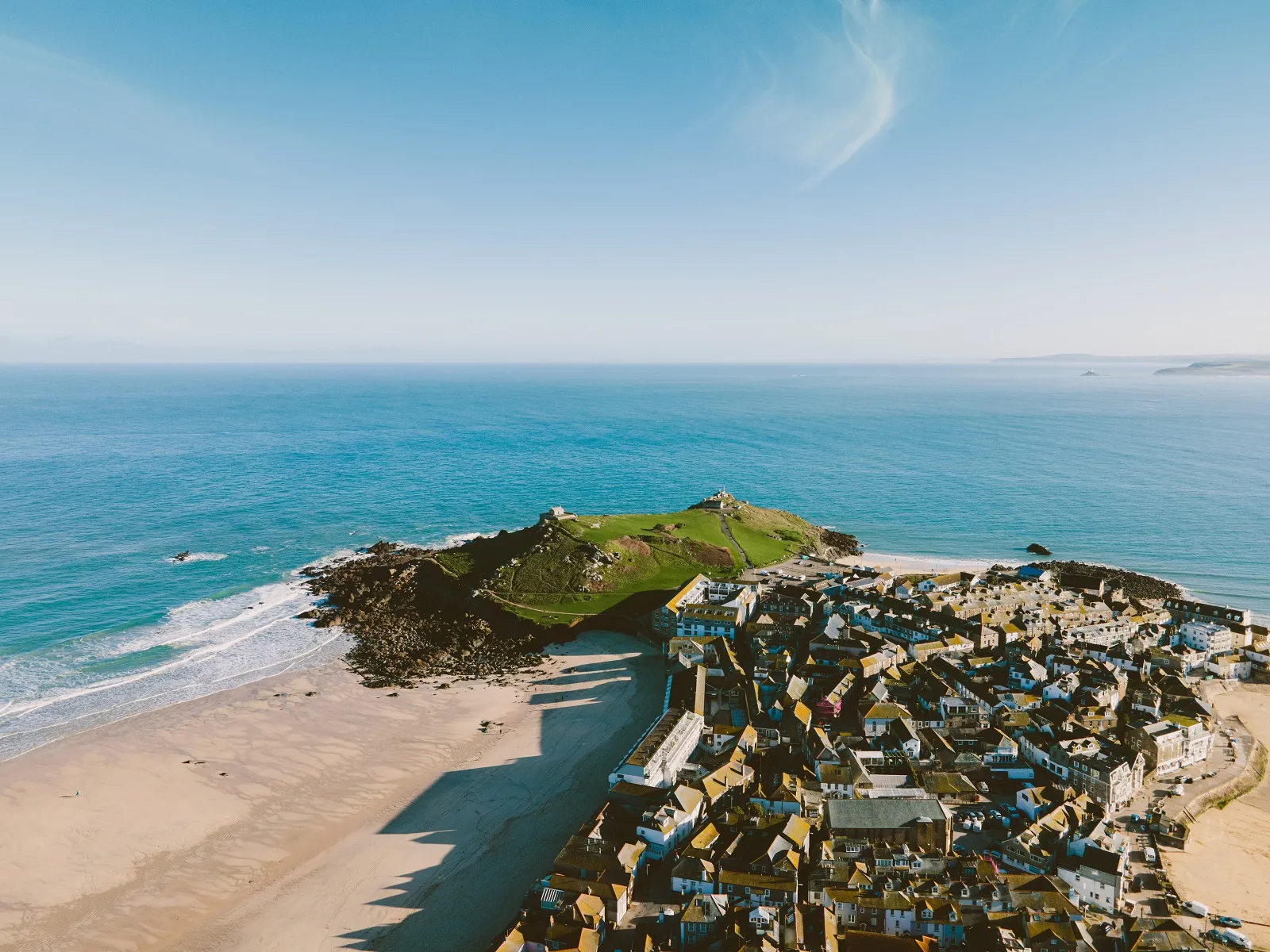 “Back in Hayle in the evening, we stick close to the water, and close to home: an atmospherically lit shack on the sand”
“Back in Hayle in the evening, we stick close to the water, and close to home: an atmospherically lit shack on the sand”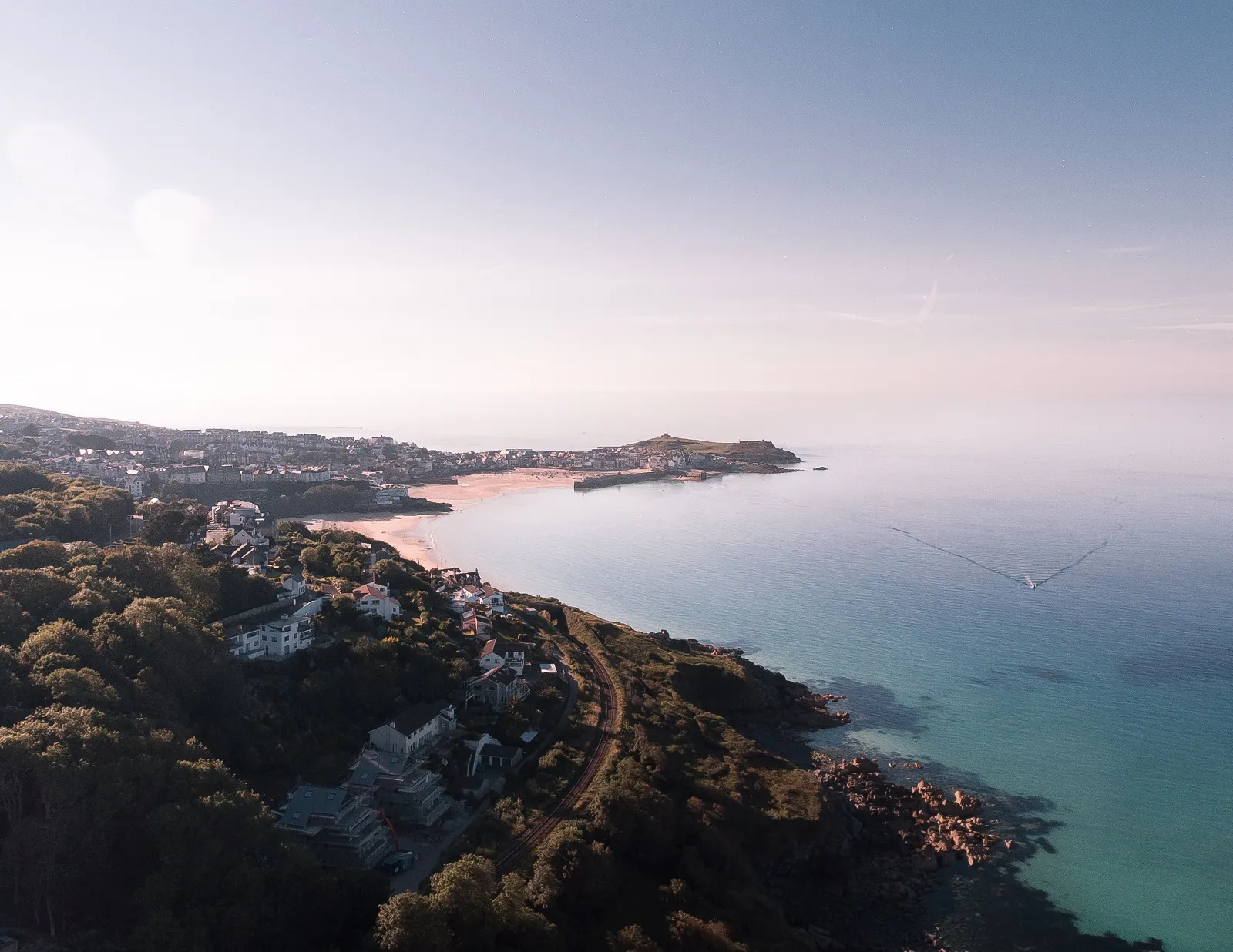 Later, from the generous windows of the fourth floor cafe, I spot miniature surfers bobbing on the distant waves, and I am mesmerised for hours by their relentless energy and the movement of the water. At ground level, a glass enclosed restaurant across the road gives a closer view, hovering just over the sands of Porthmeor Beach, alongside seagulls and above the smattering of spectators gathered to appreciate the water sports.
Later, from the generous windows of the fourth floor cafe, I spot miniature surfers bobbing on the distant waves, and I am mesmerised for hours by their relentless energy and the movement of the water. At ground level, a glass enclosed restaurant across the road gives a closer view, hovering just over the sands of Porthmeor Beach, alongside seagulls and above the smattering of spectators gathered to appreciate the water sports.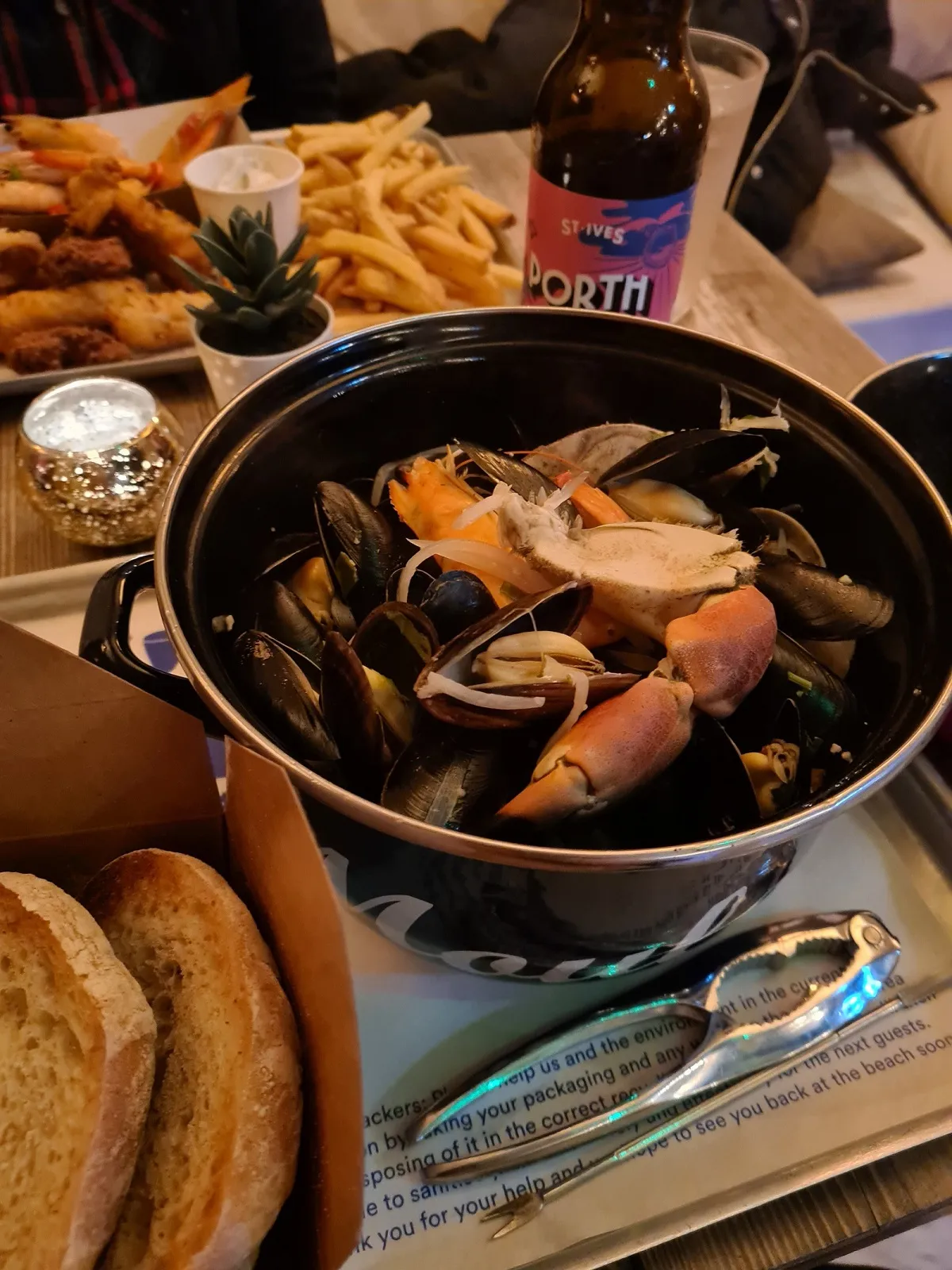
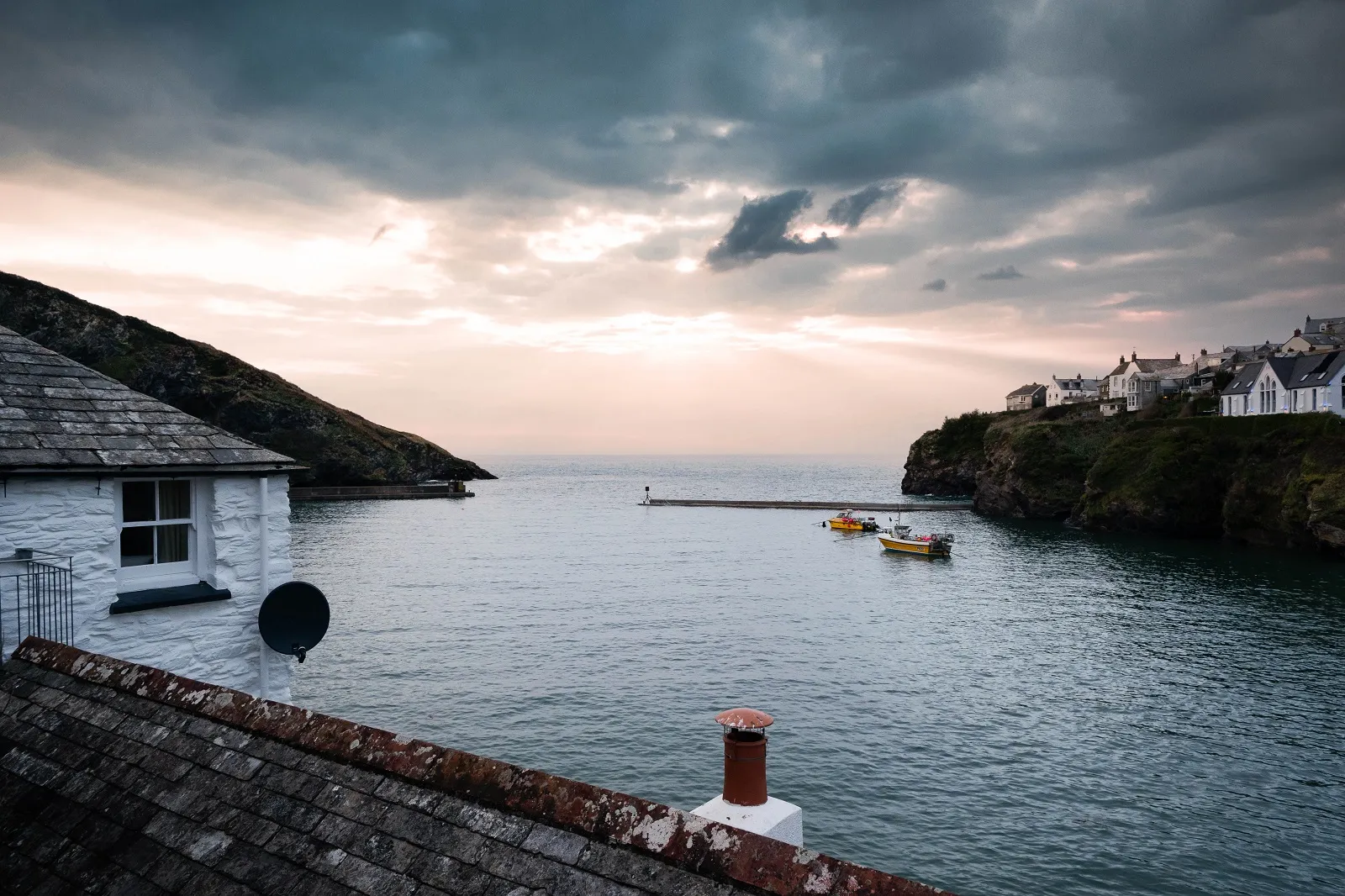
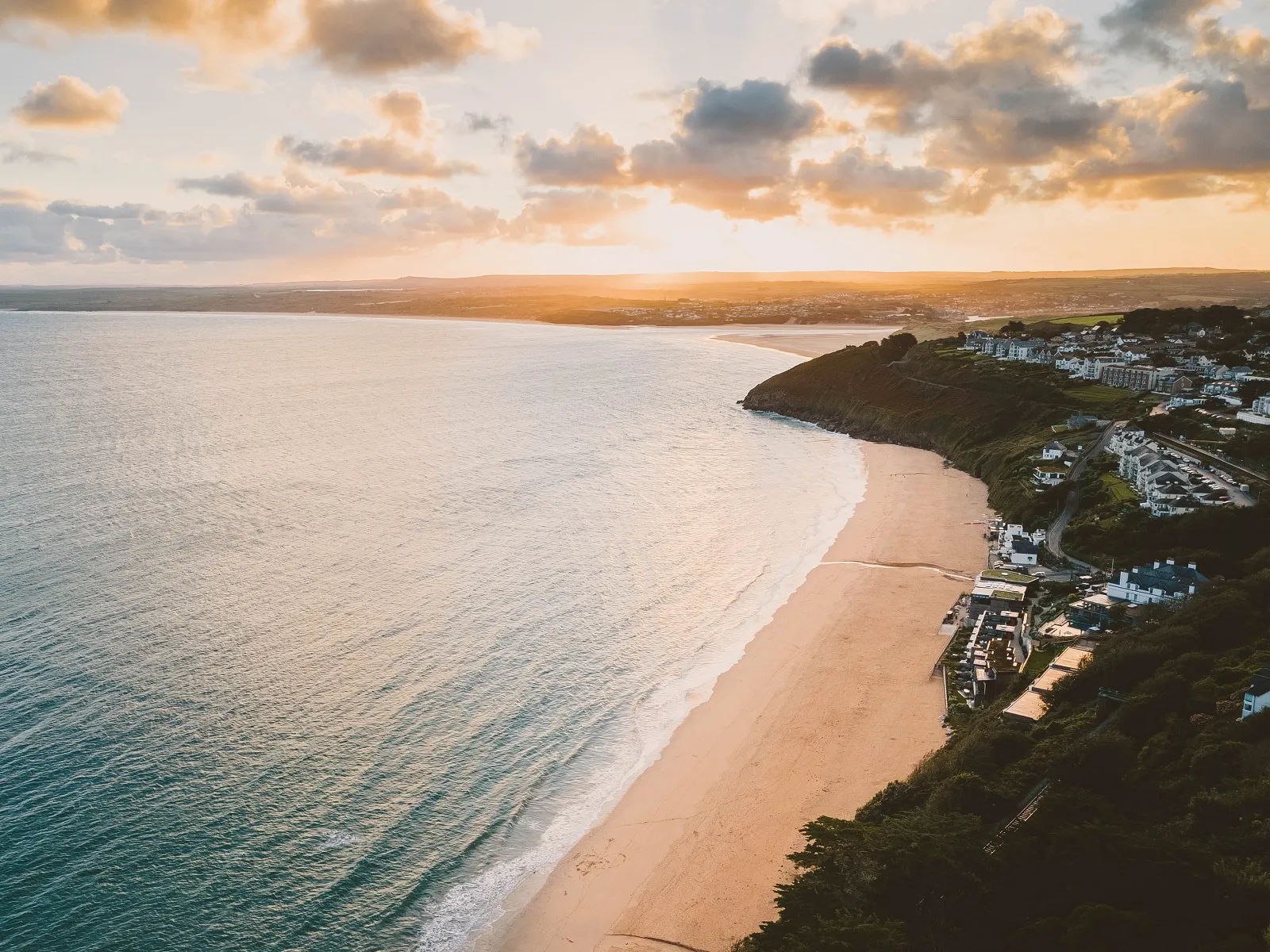
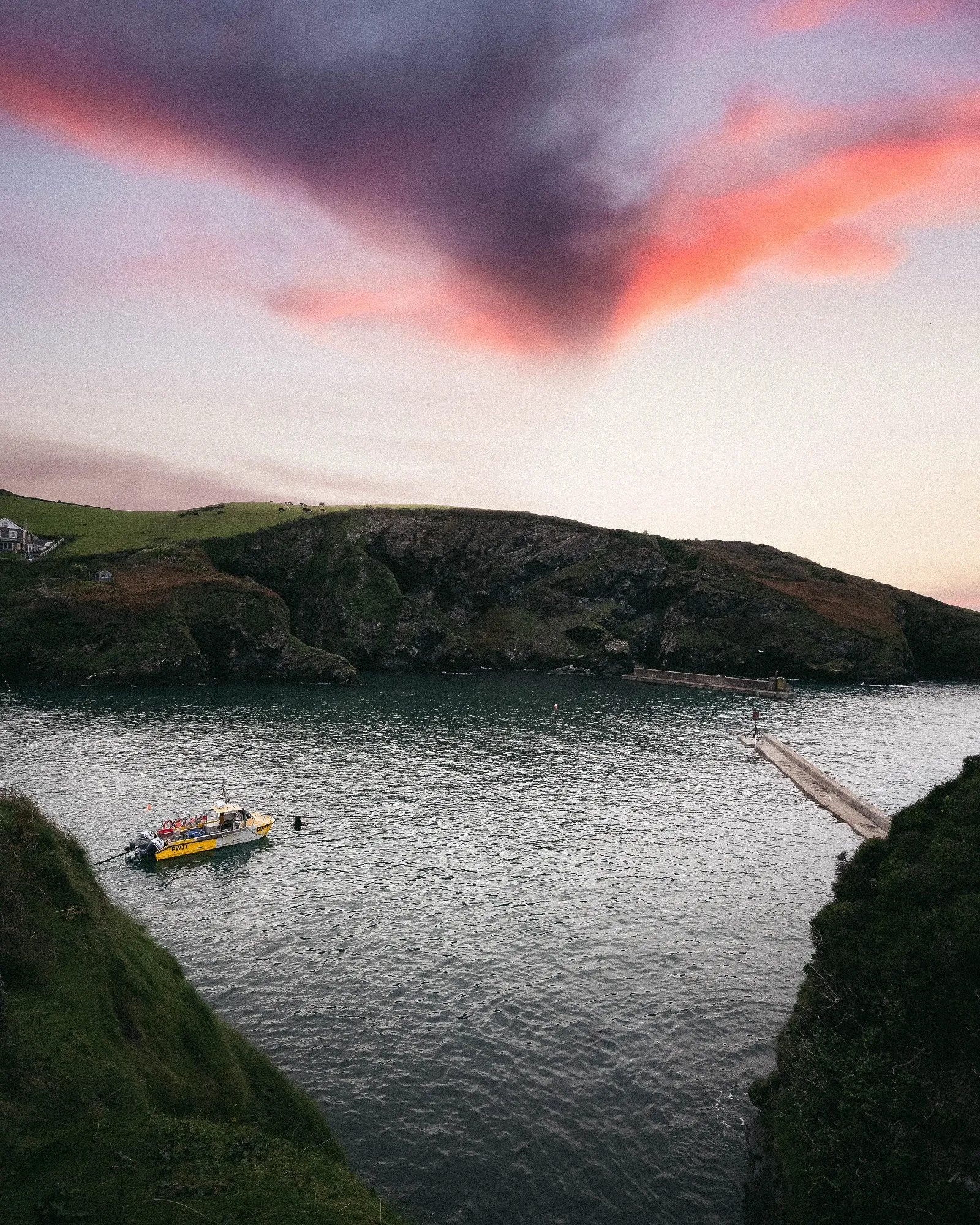
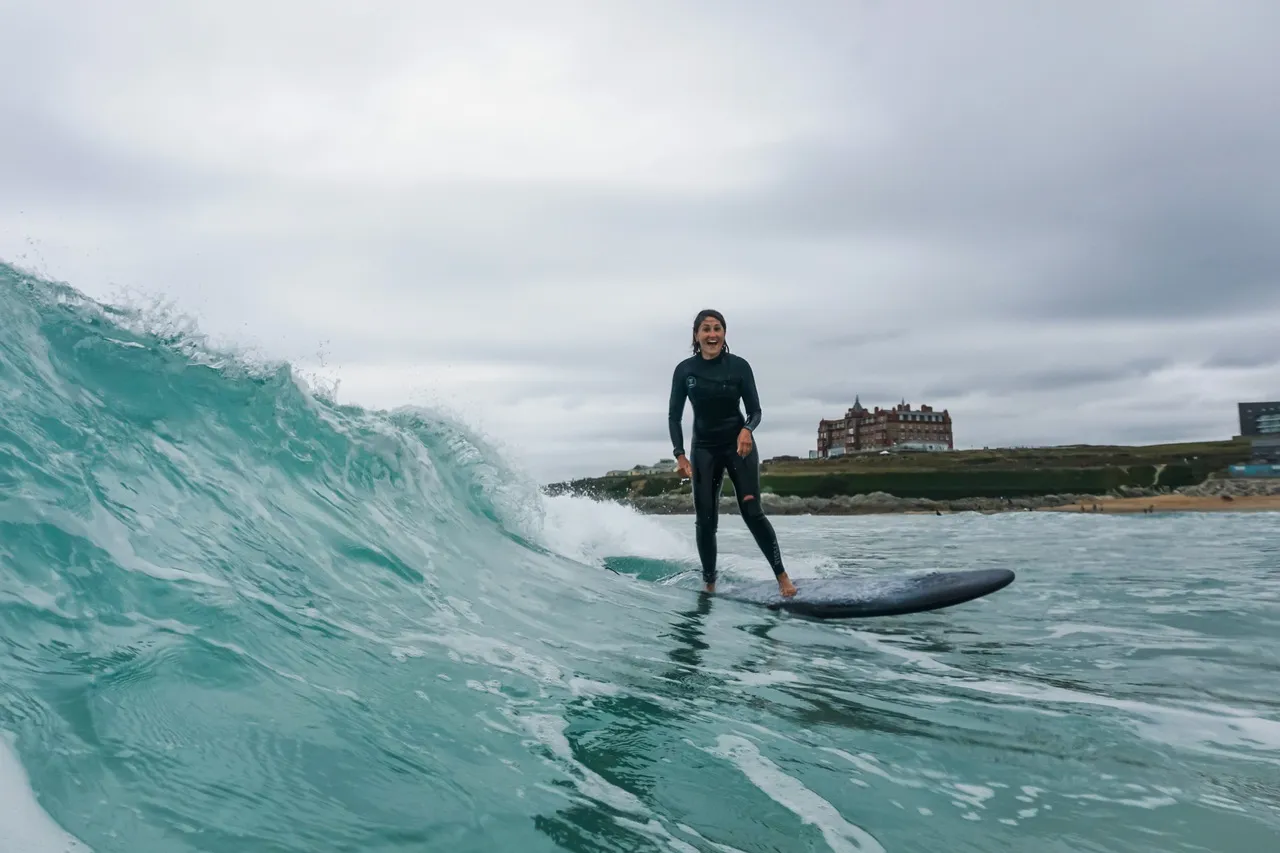 Credit: Women and Waves, @catgram810
Credit: Women and Waves, @catgram810